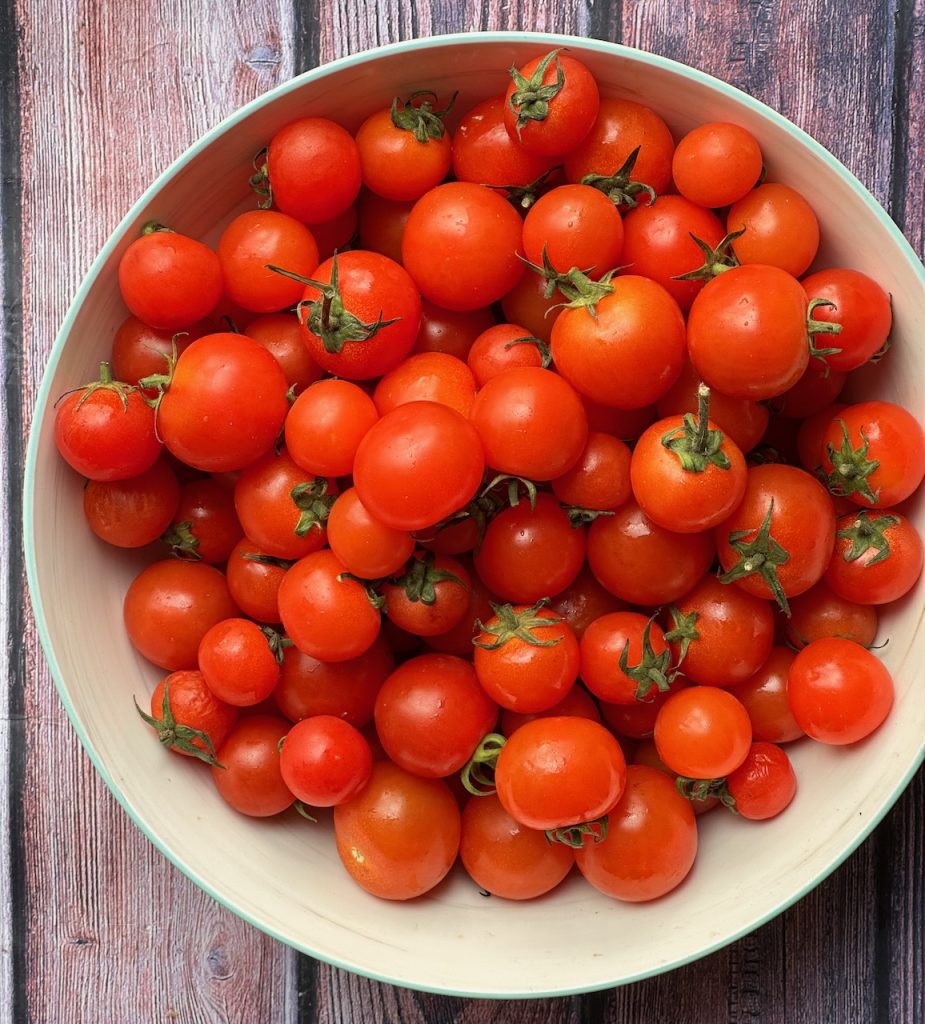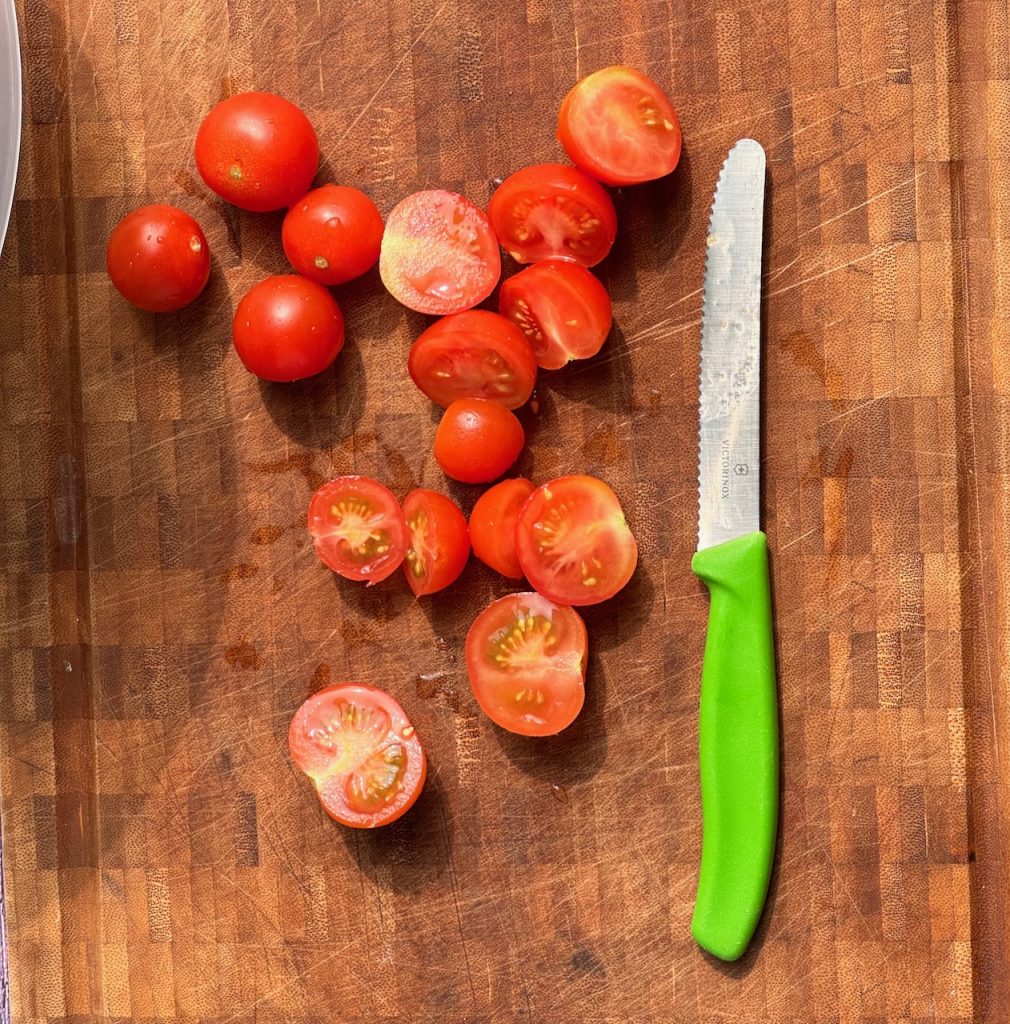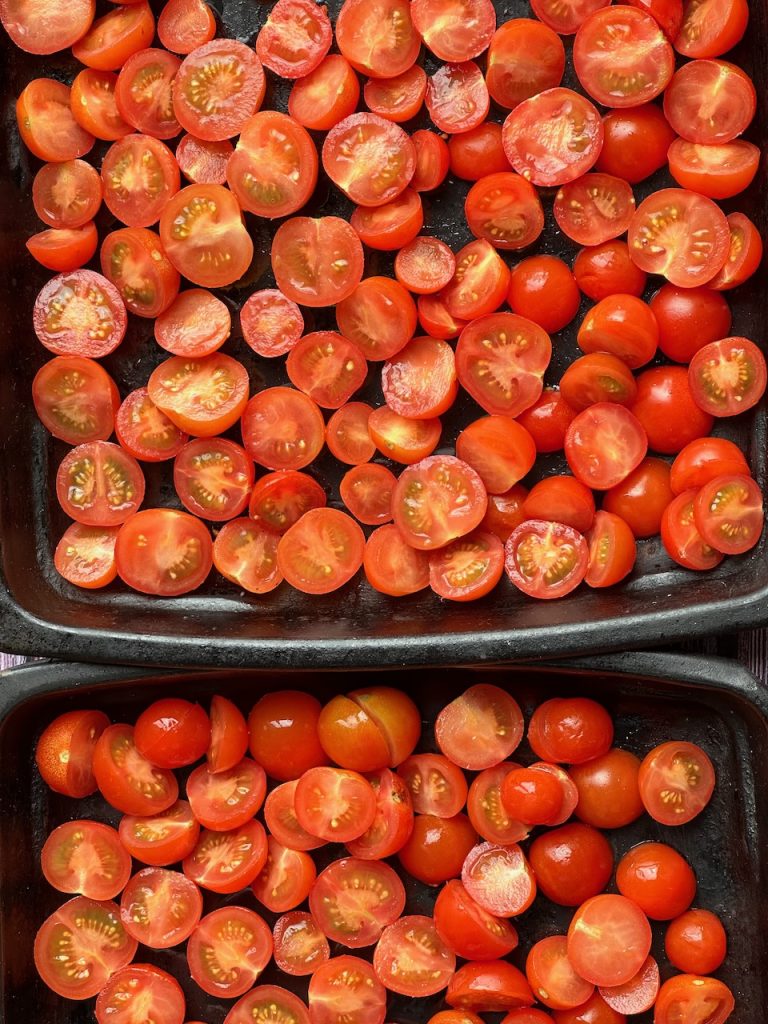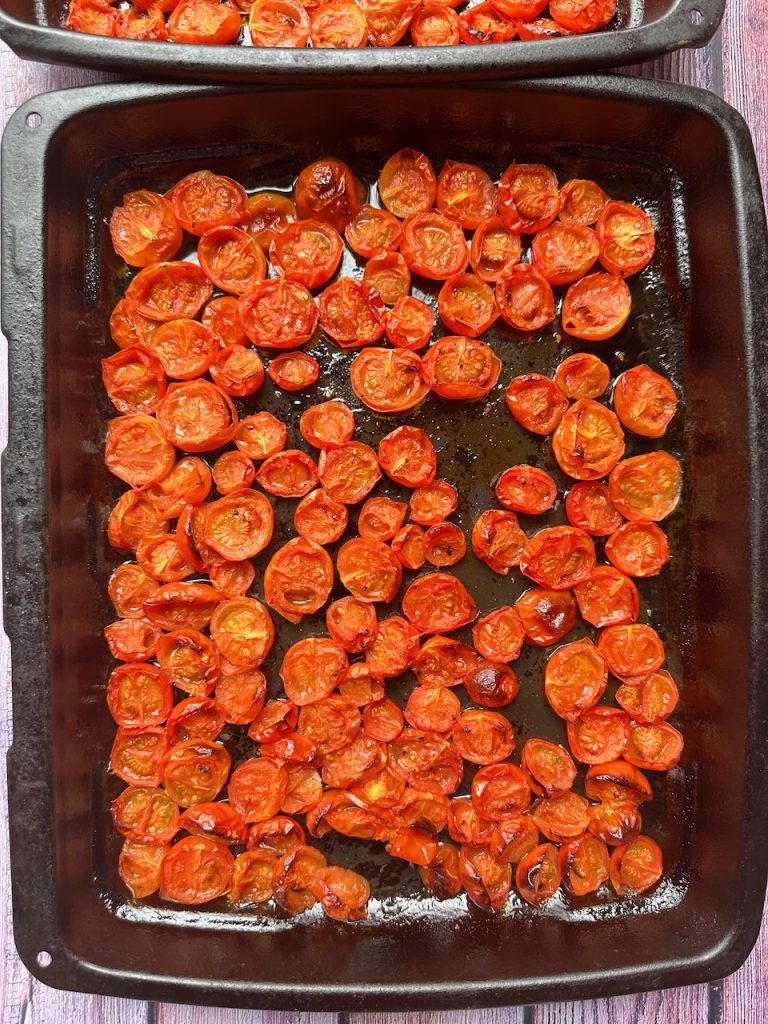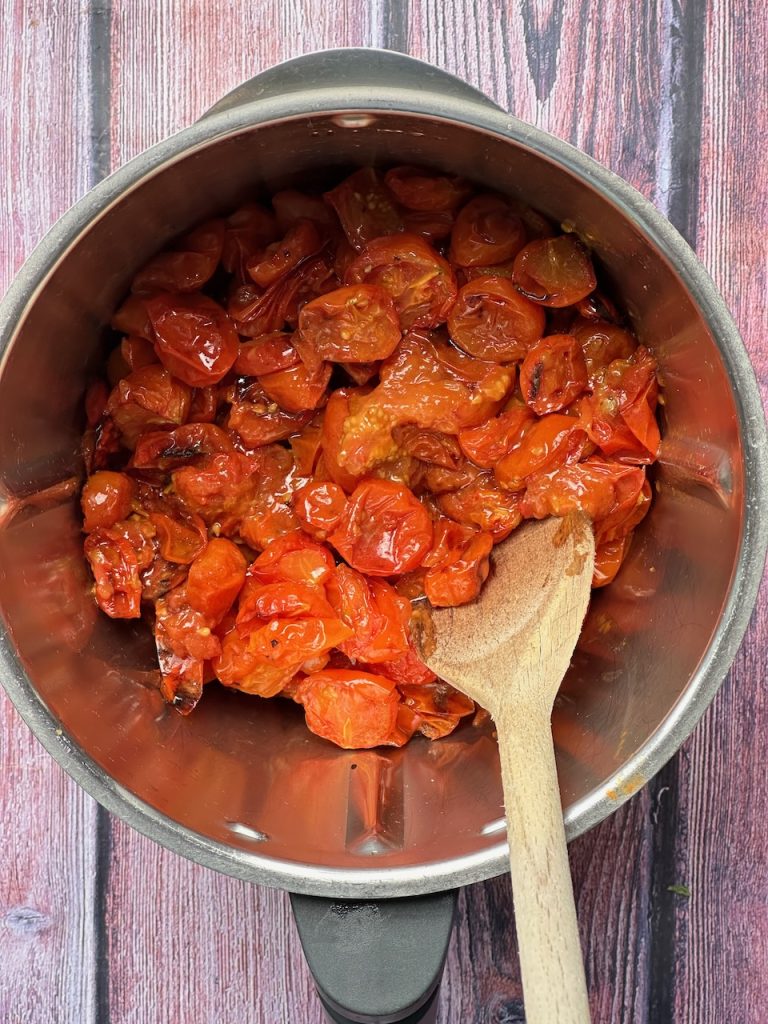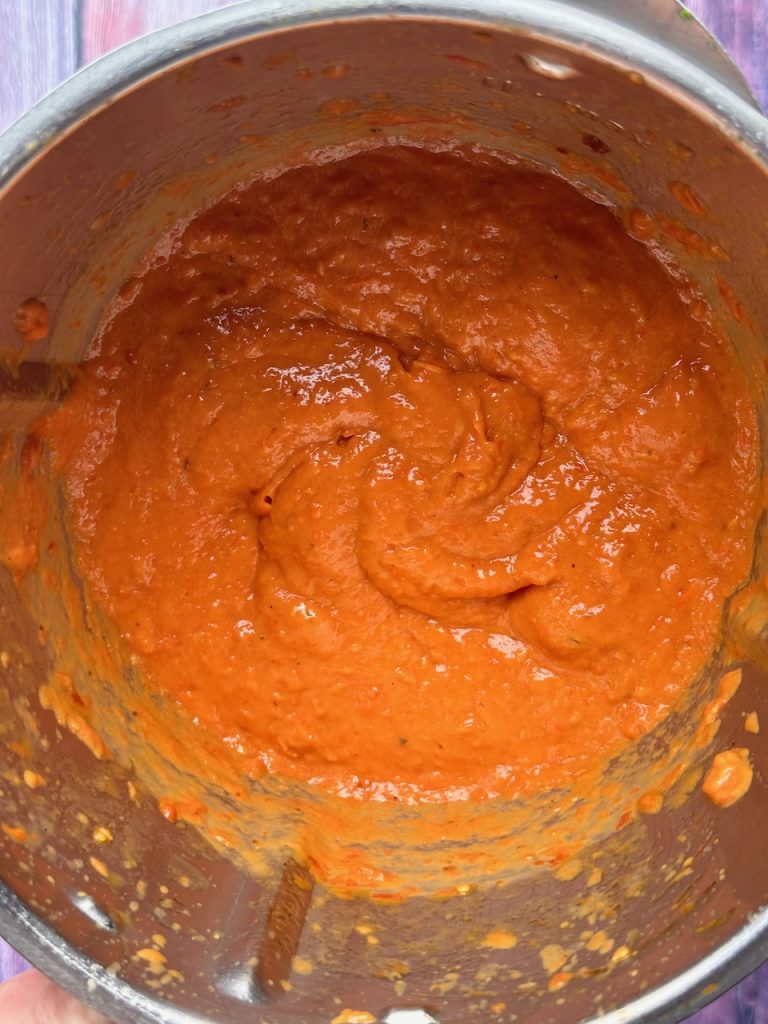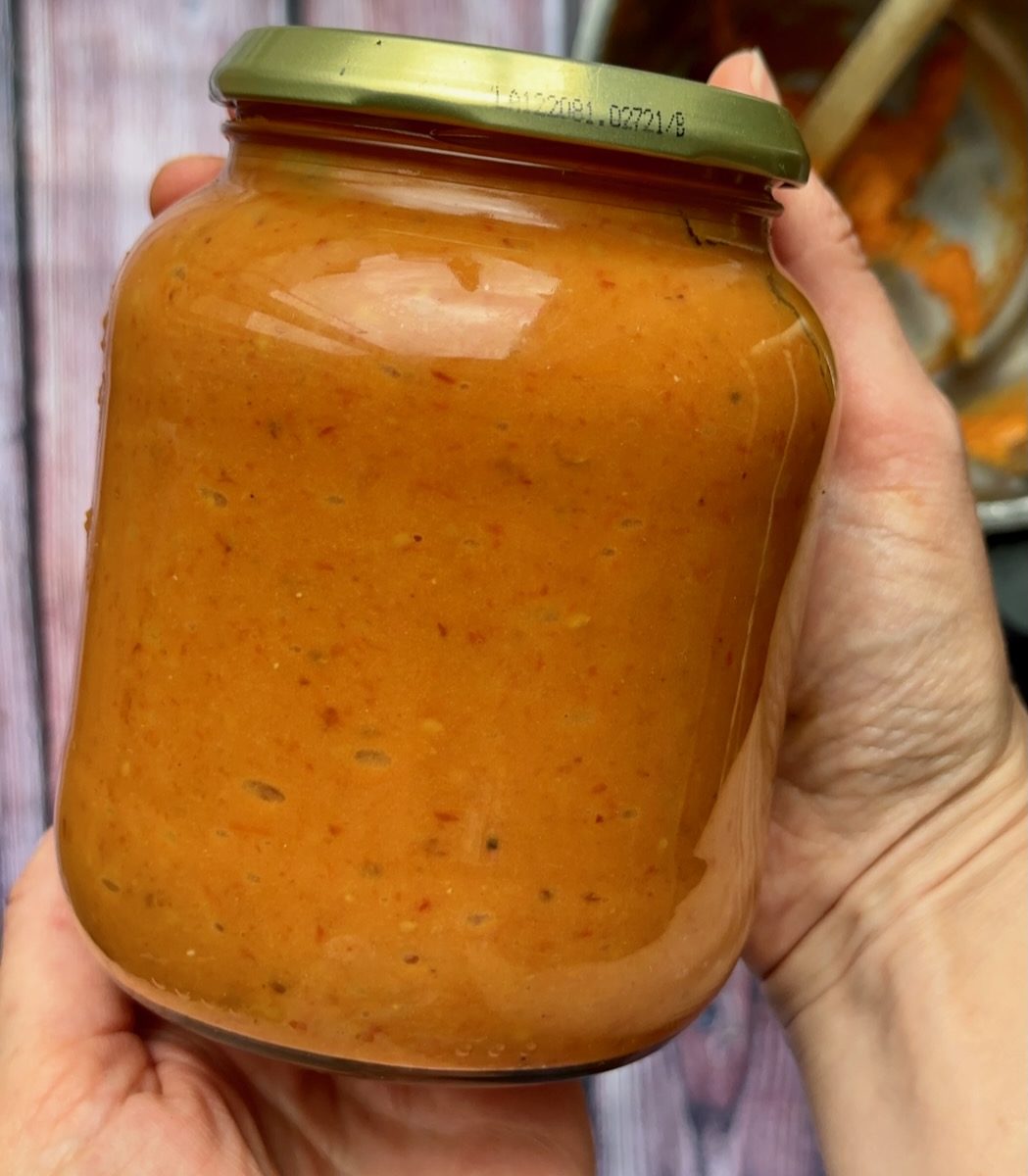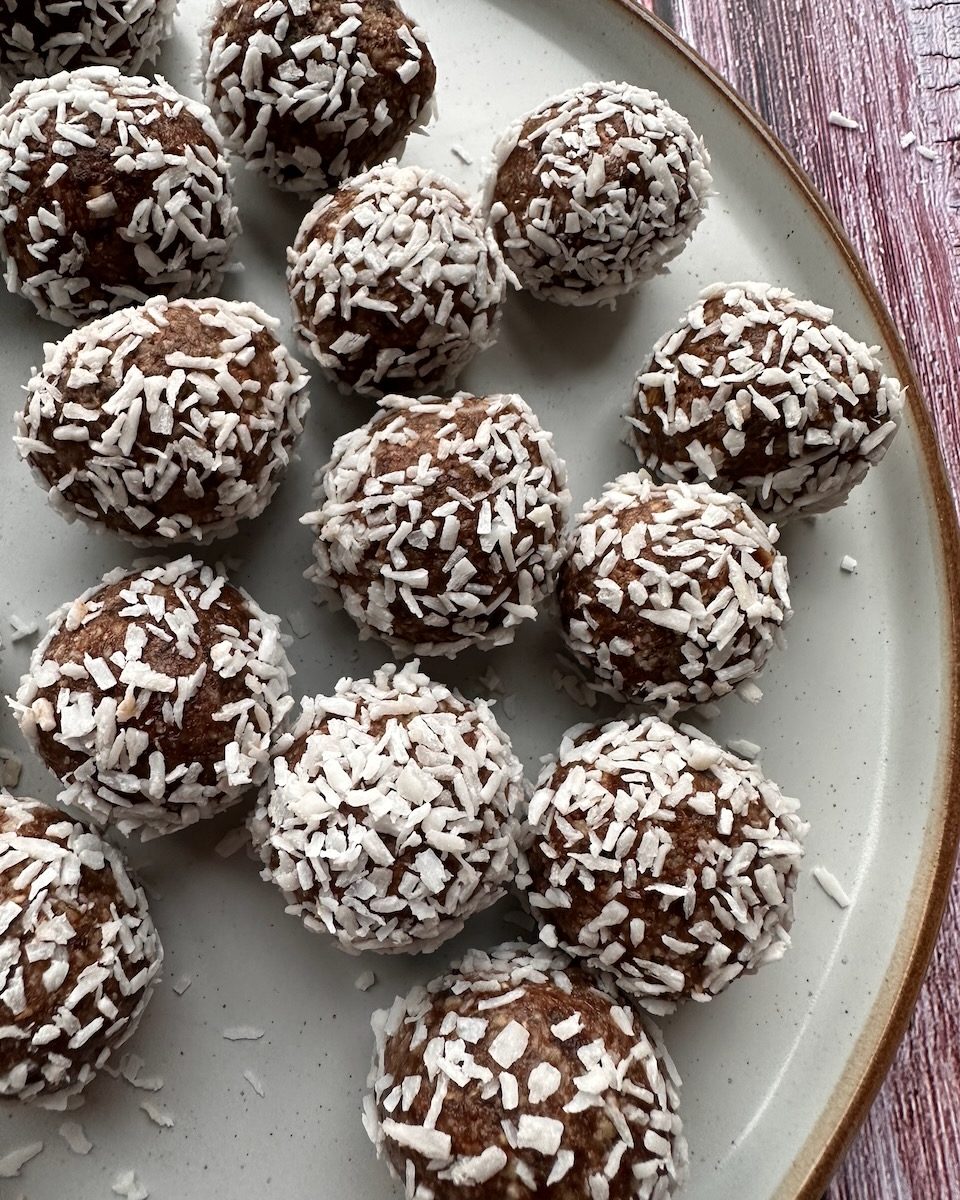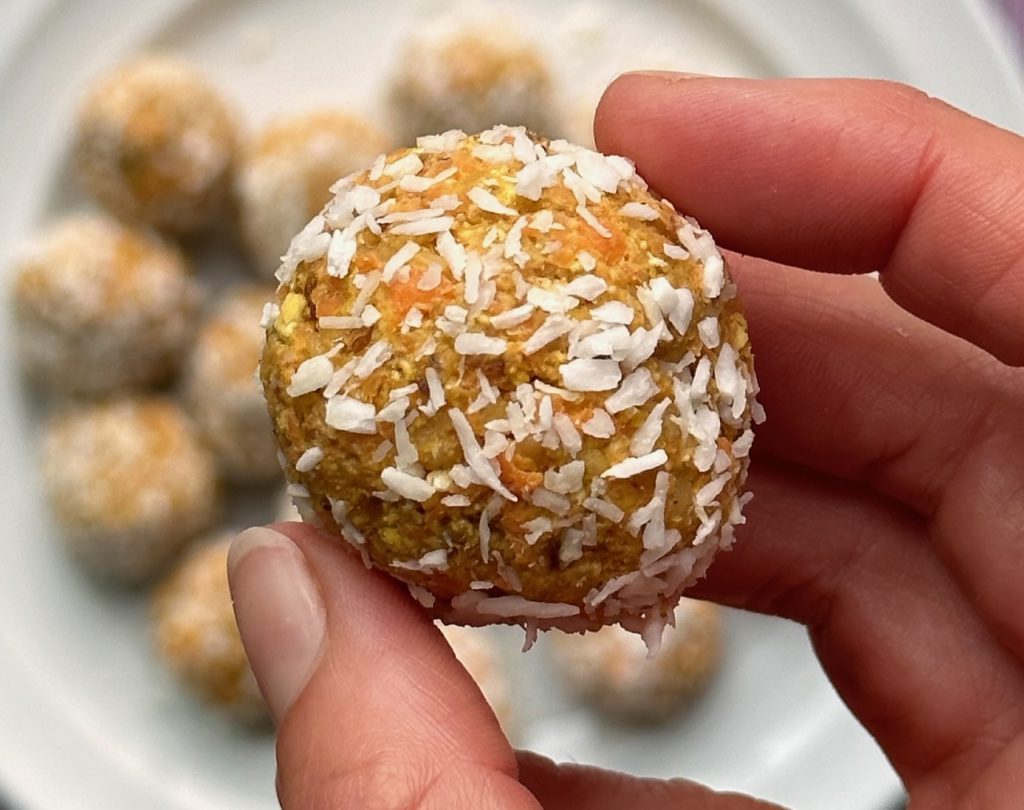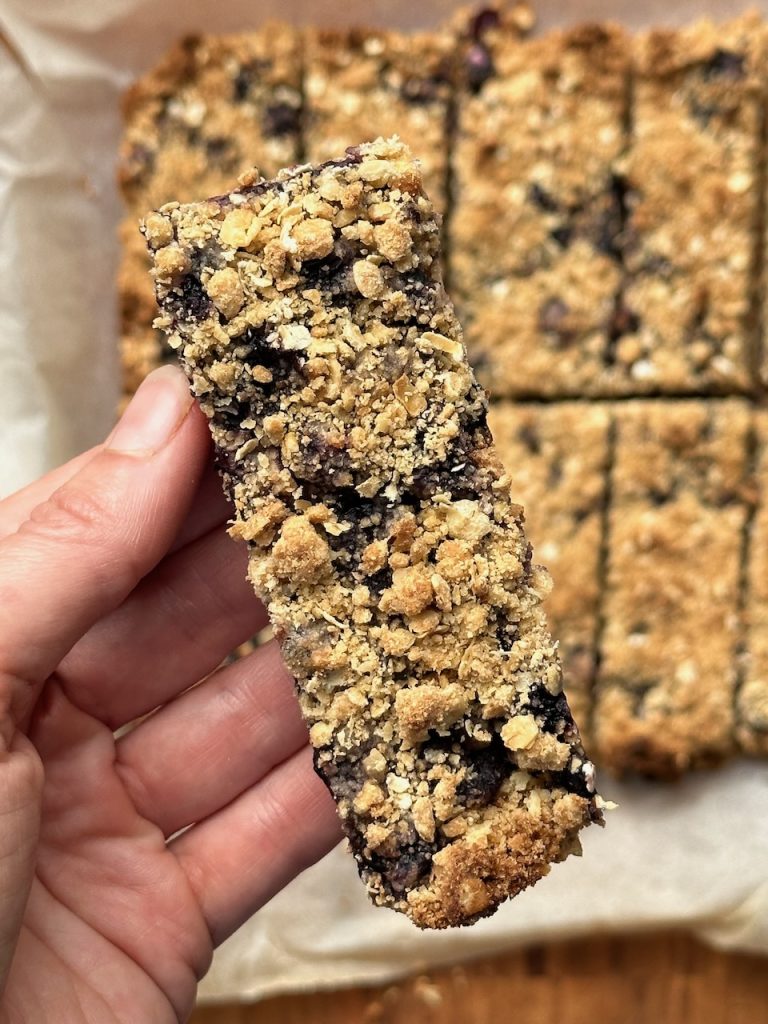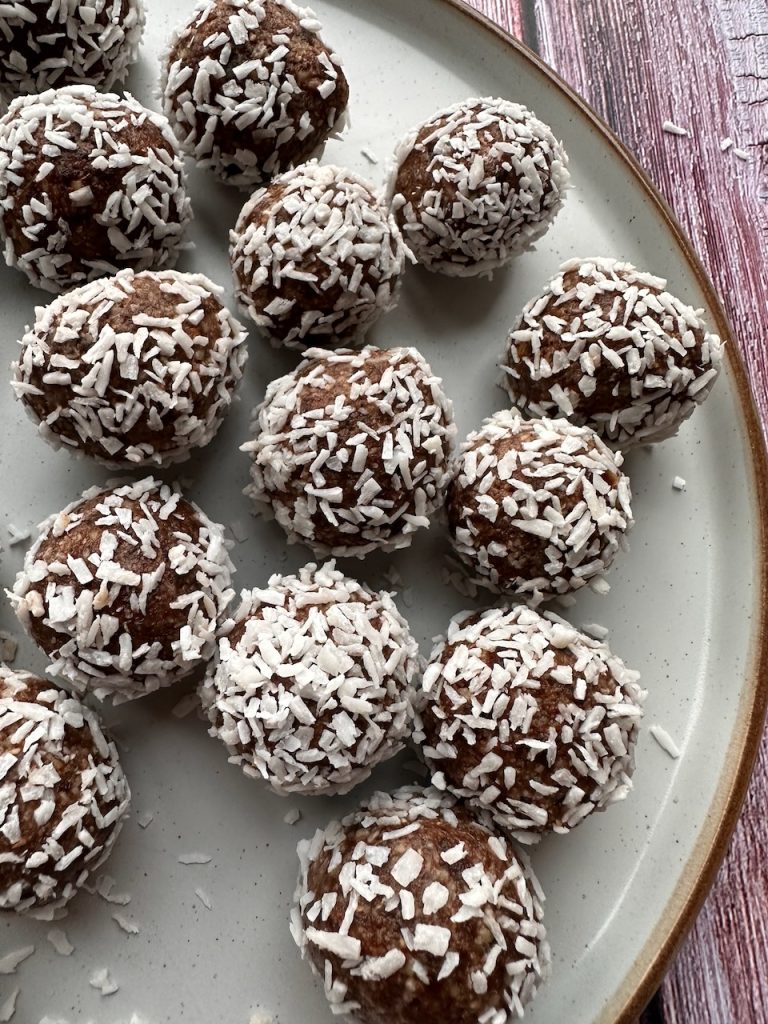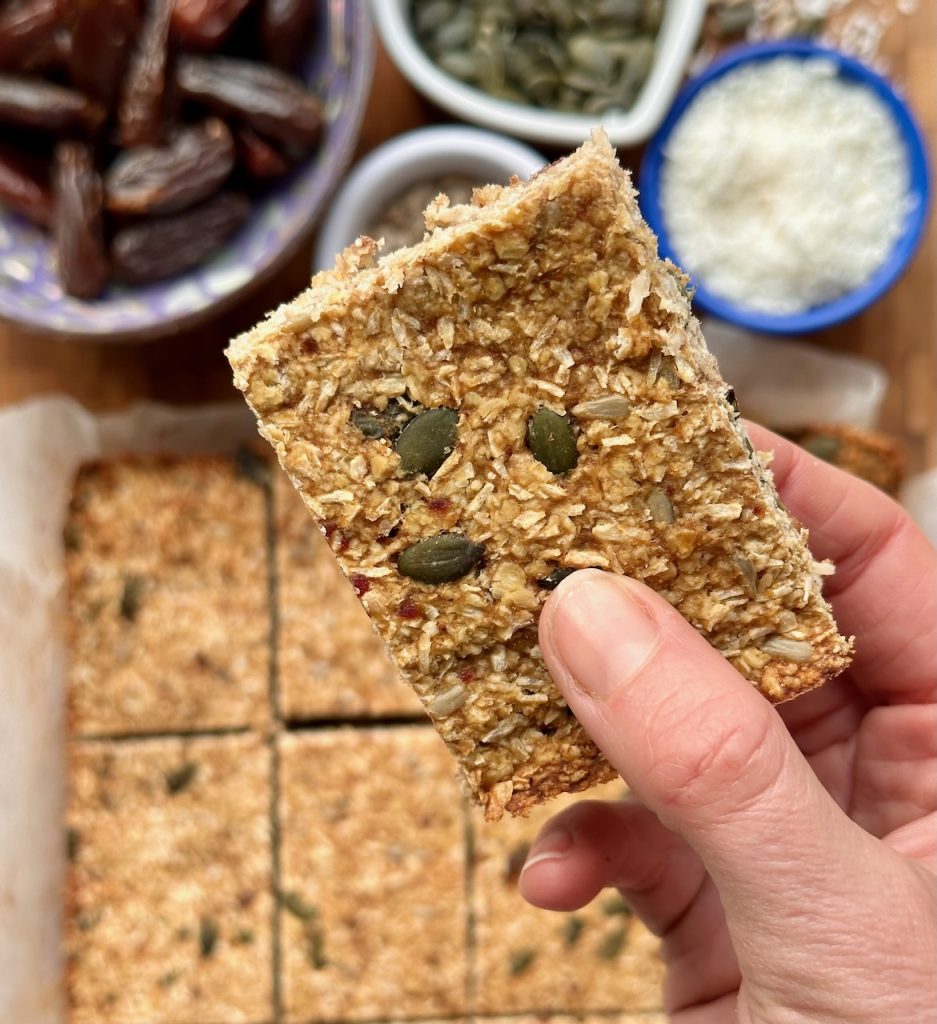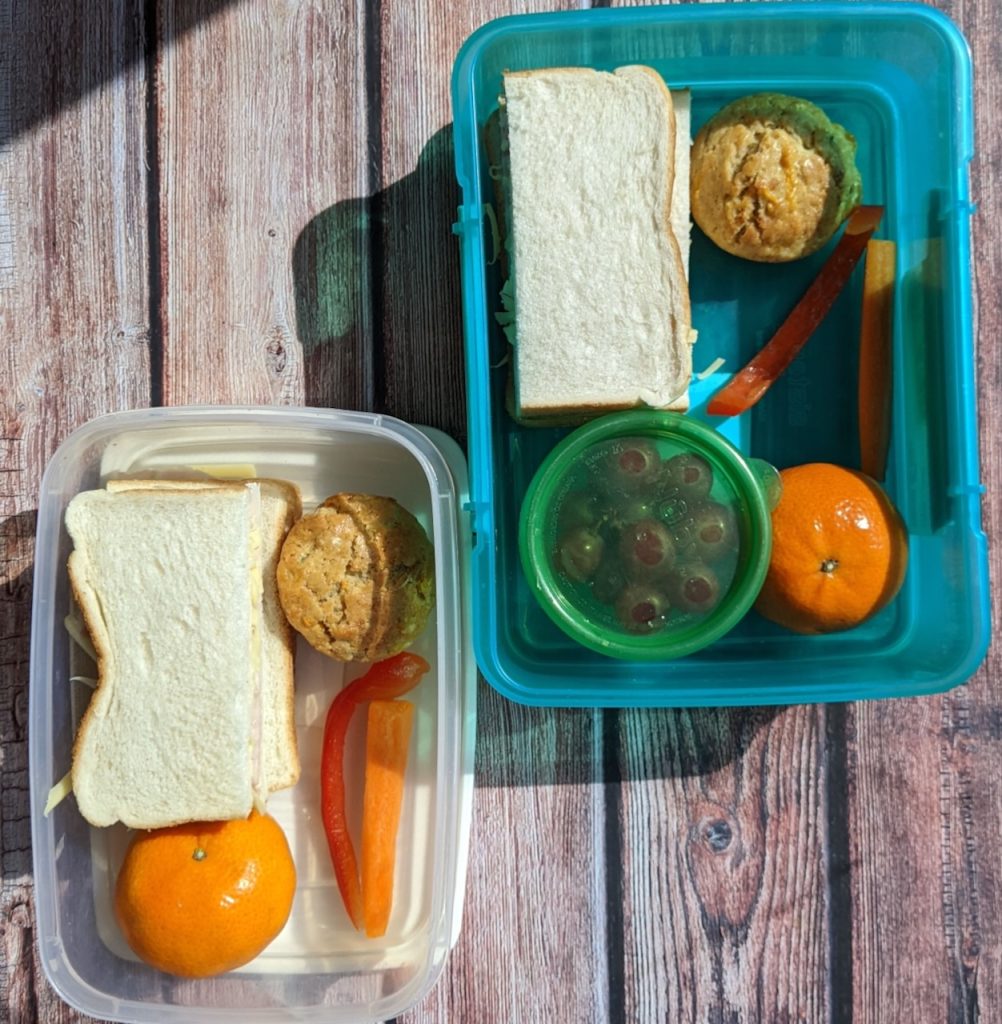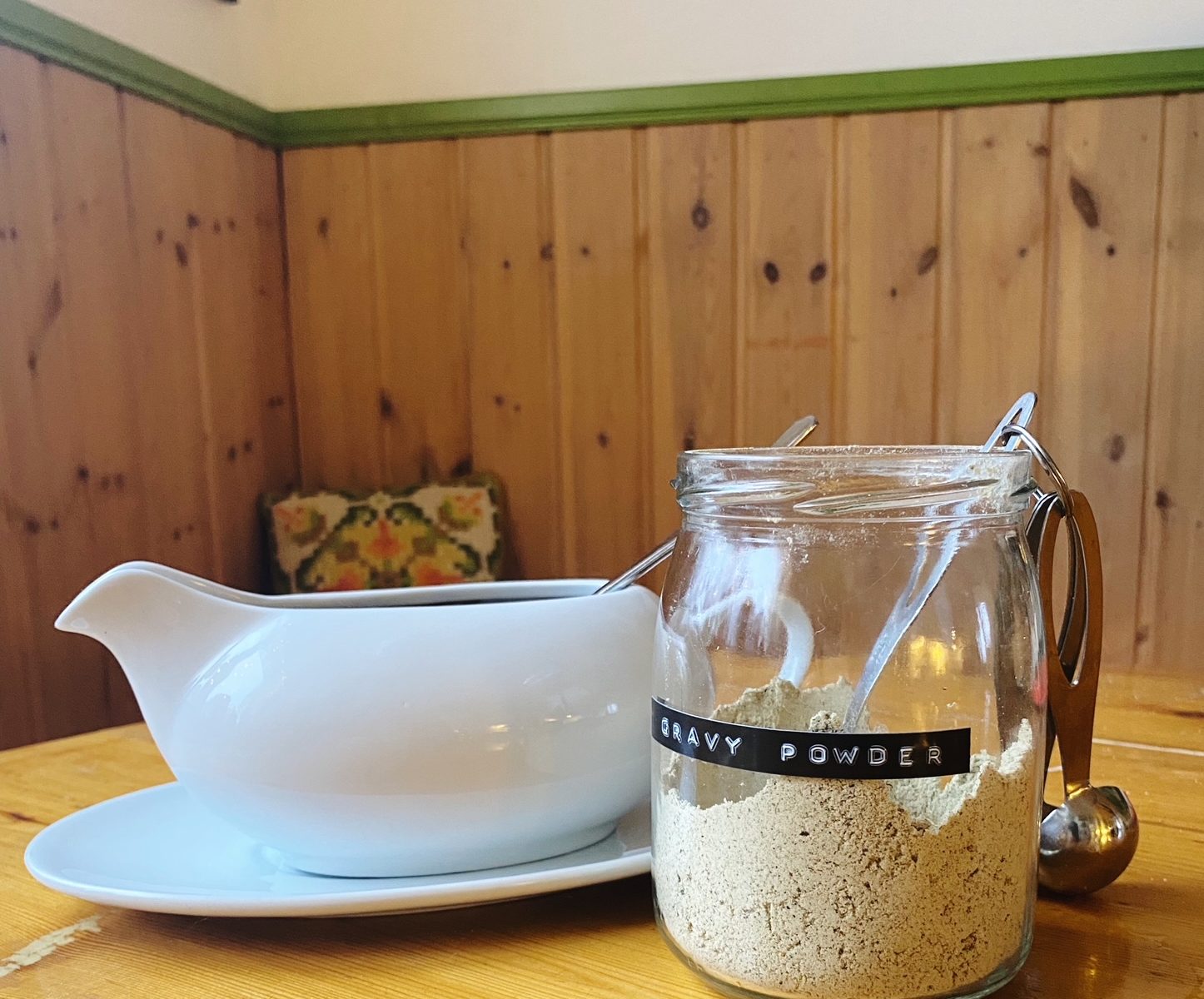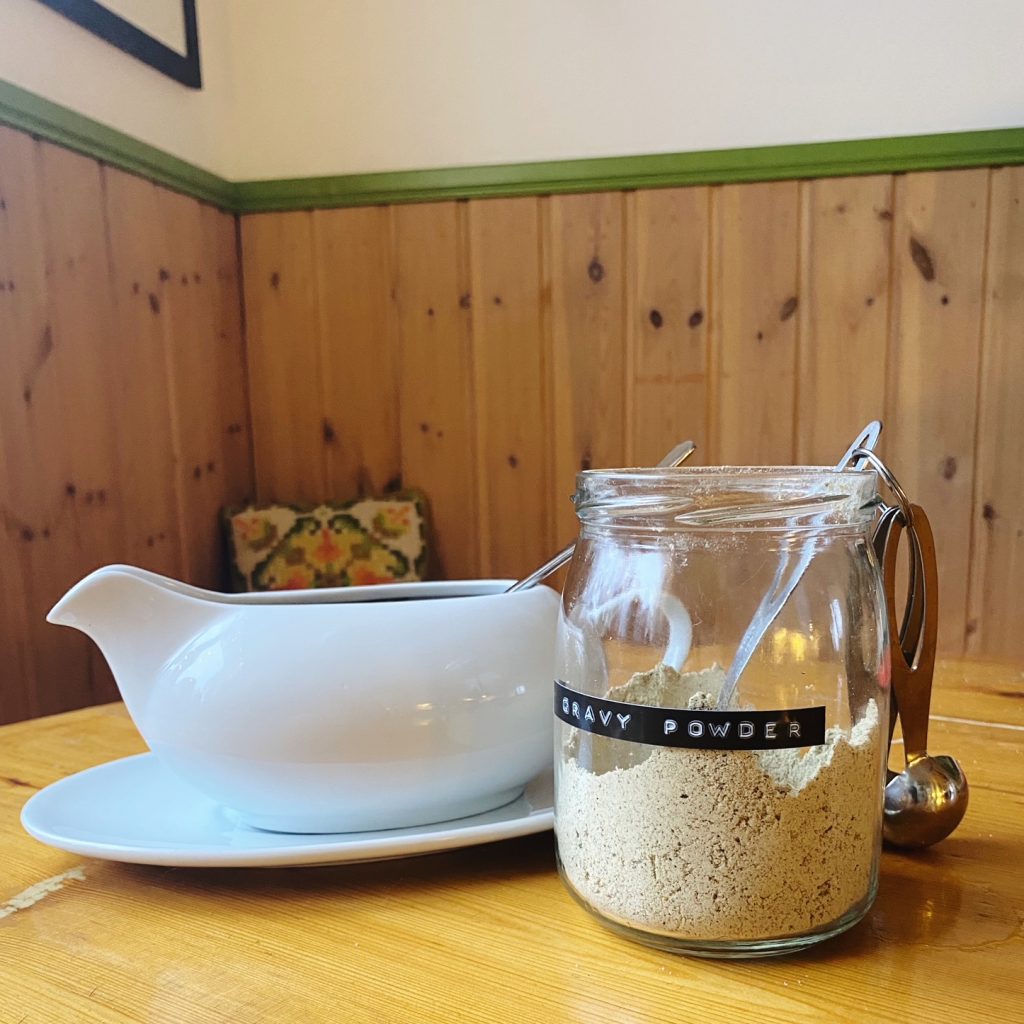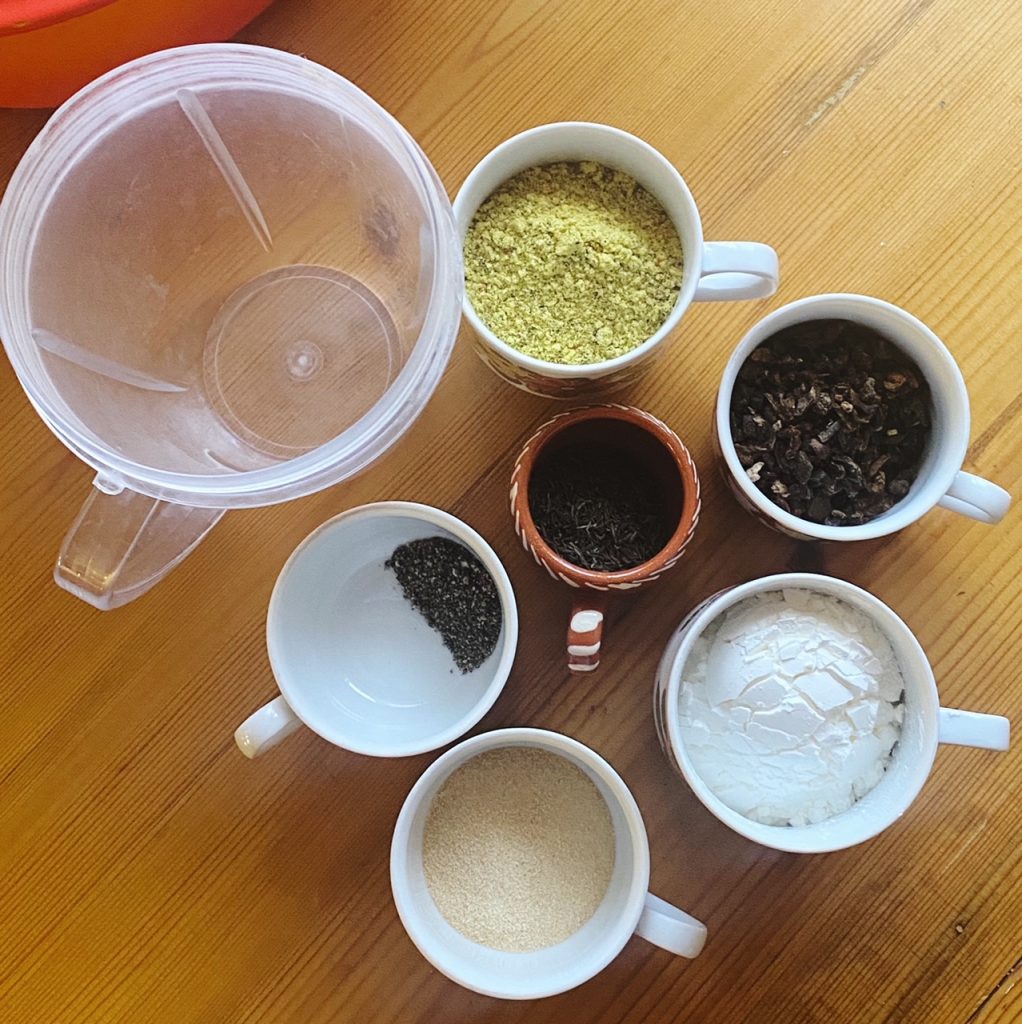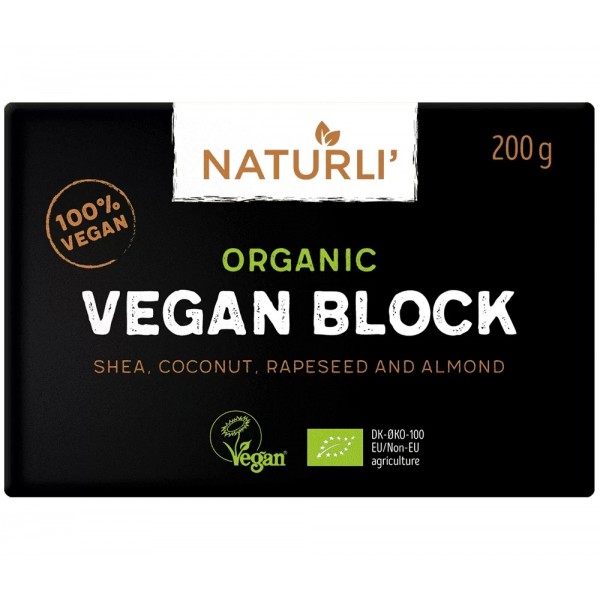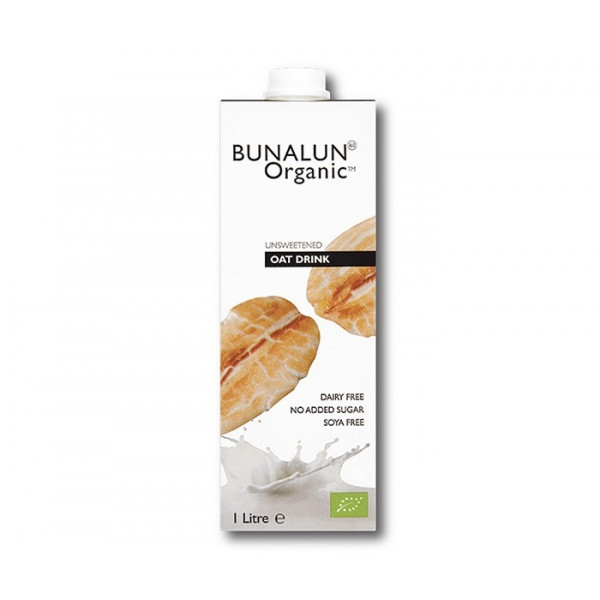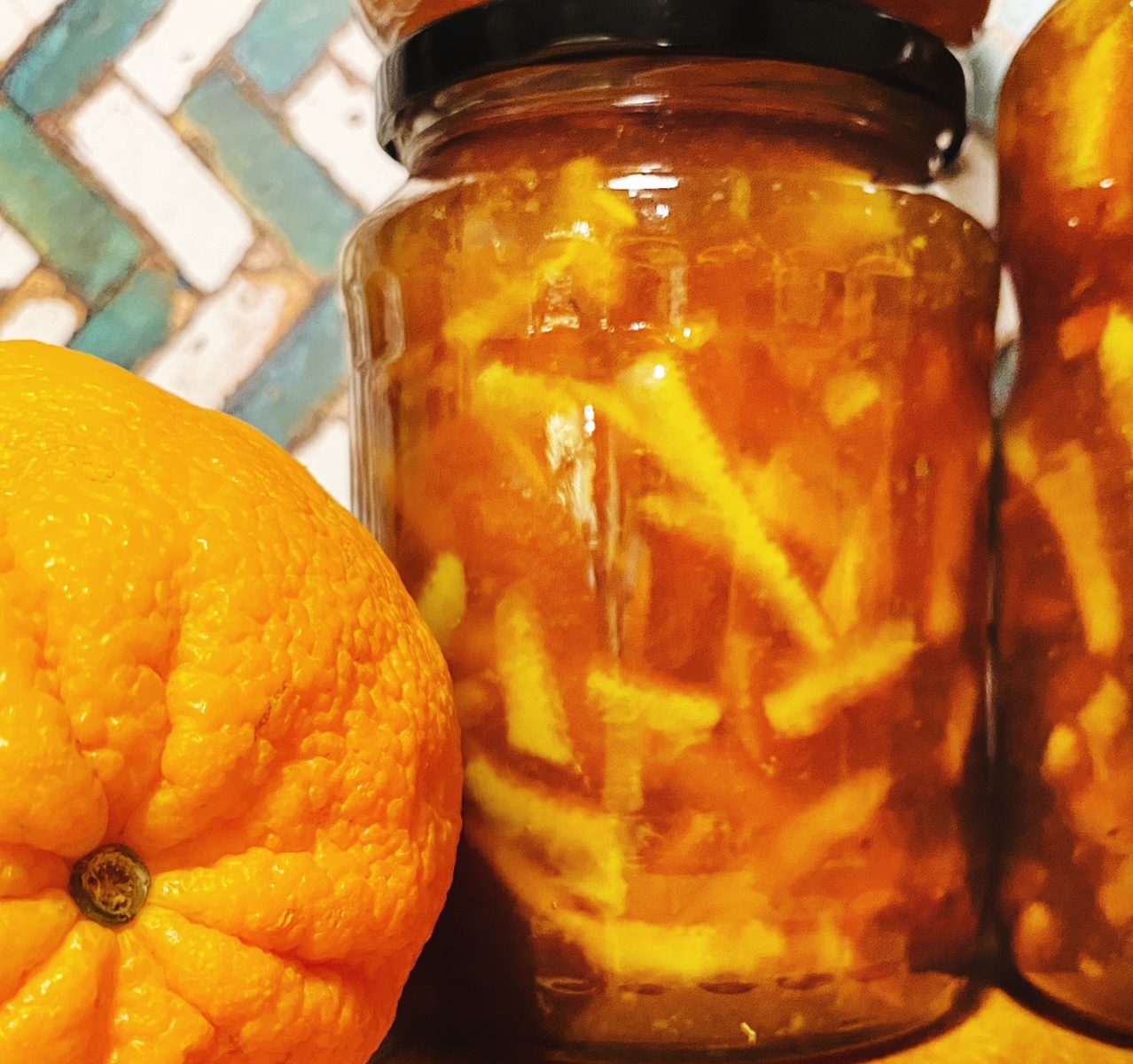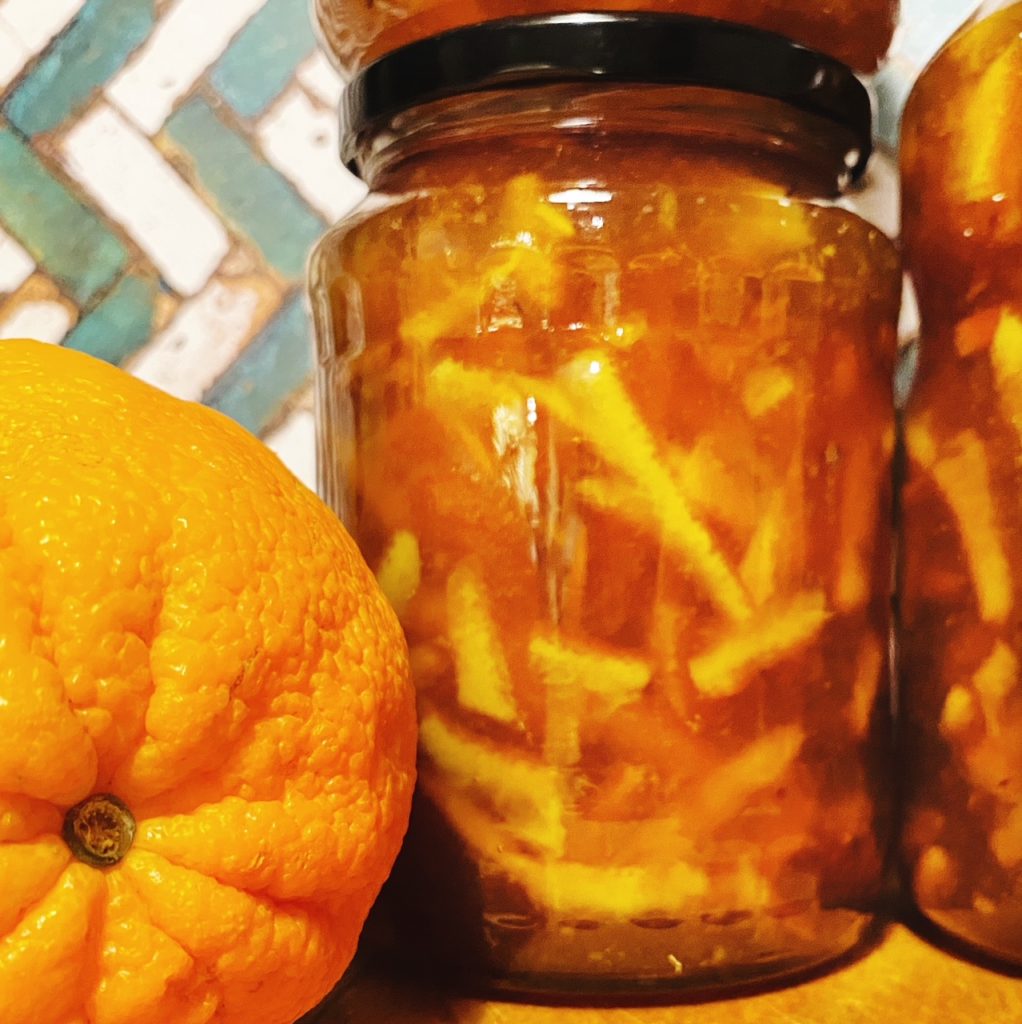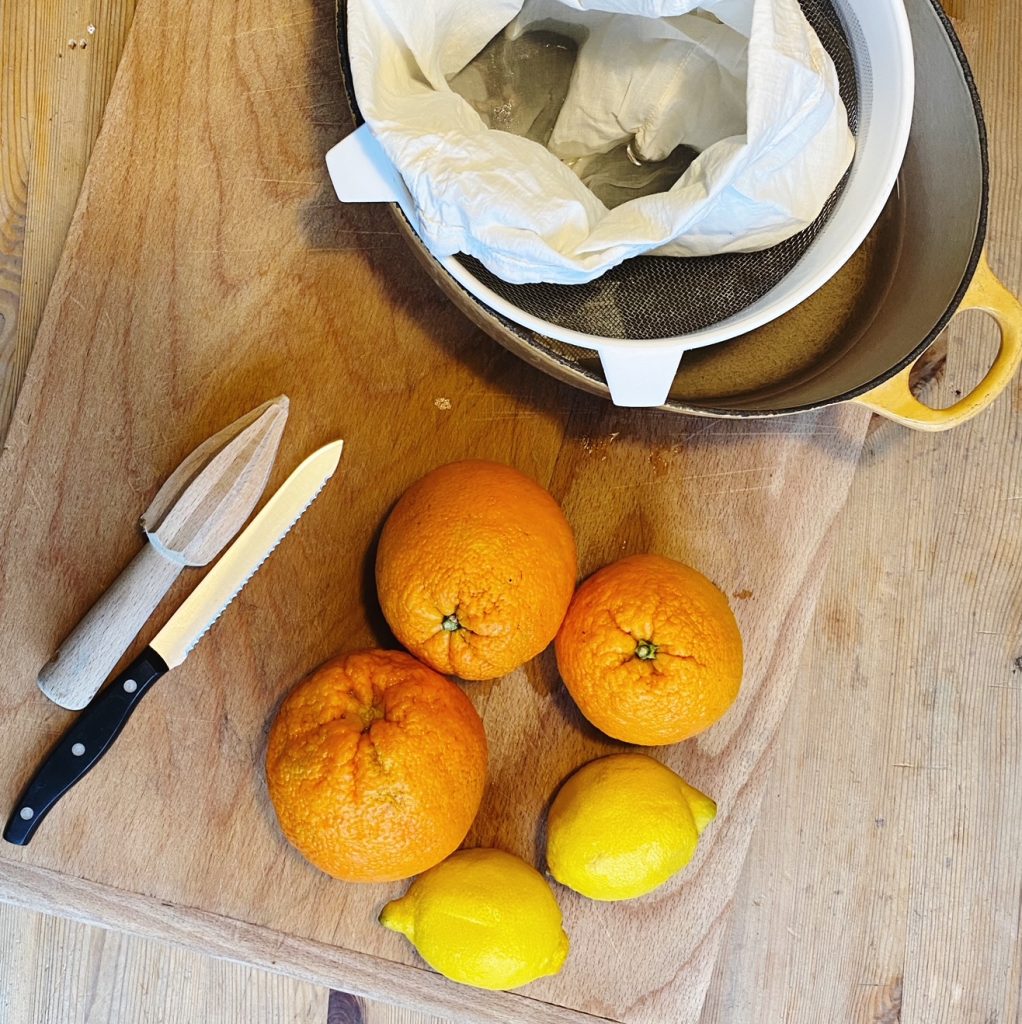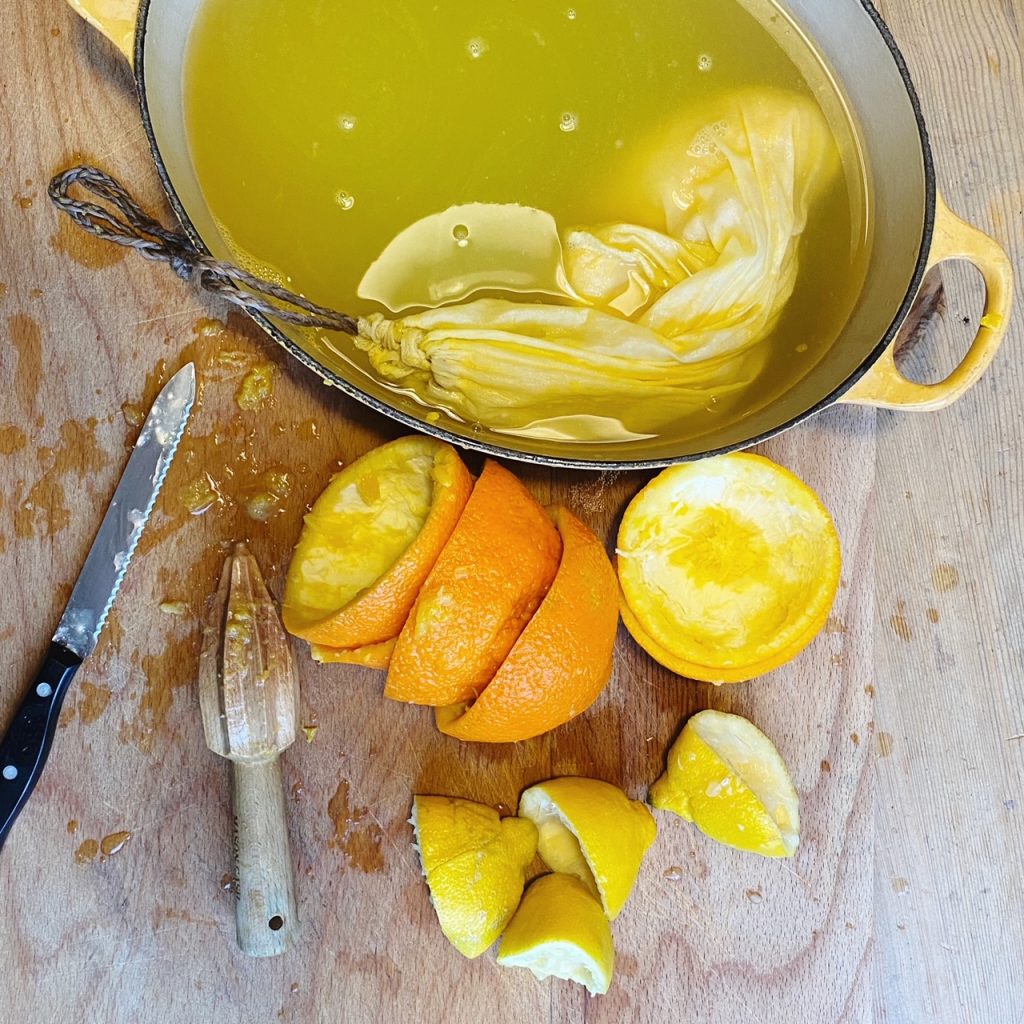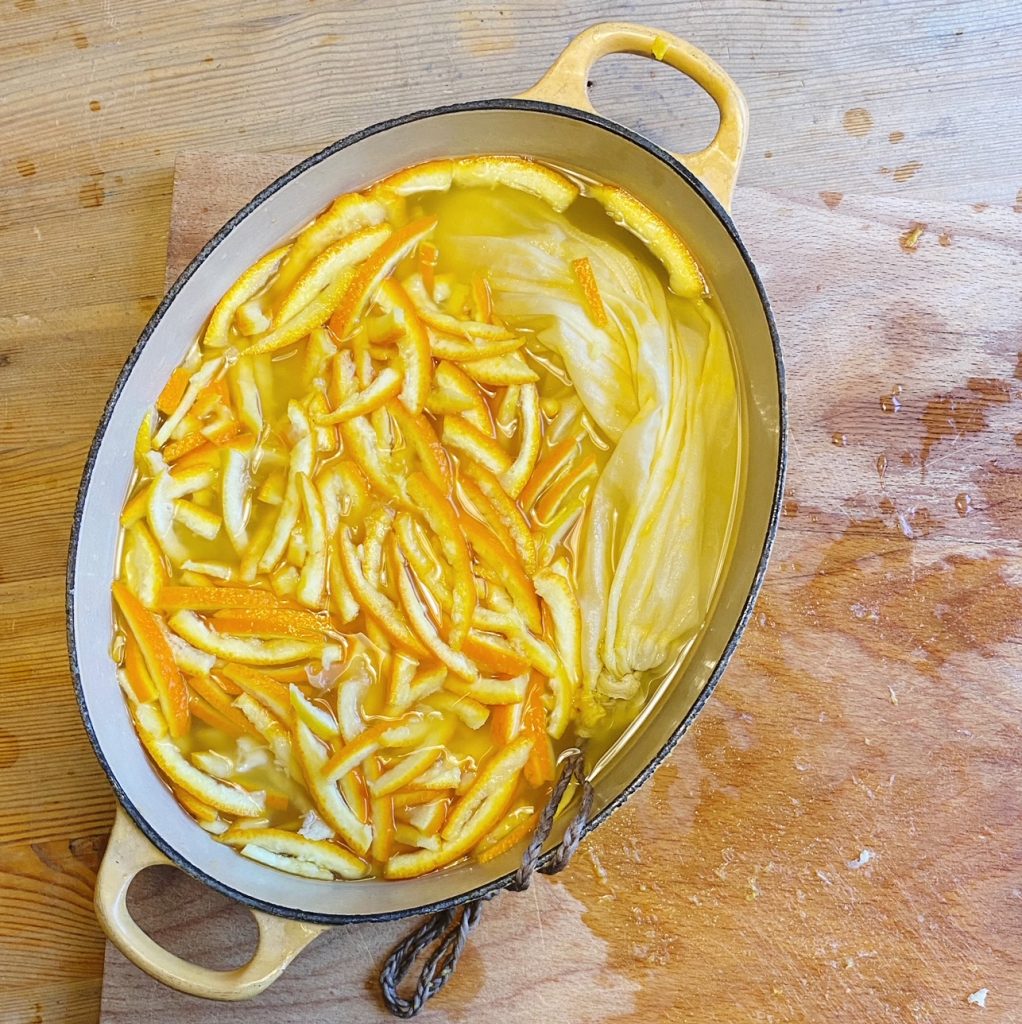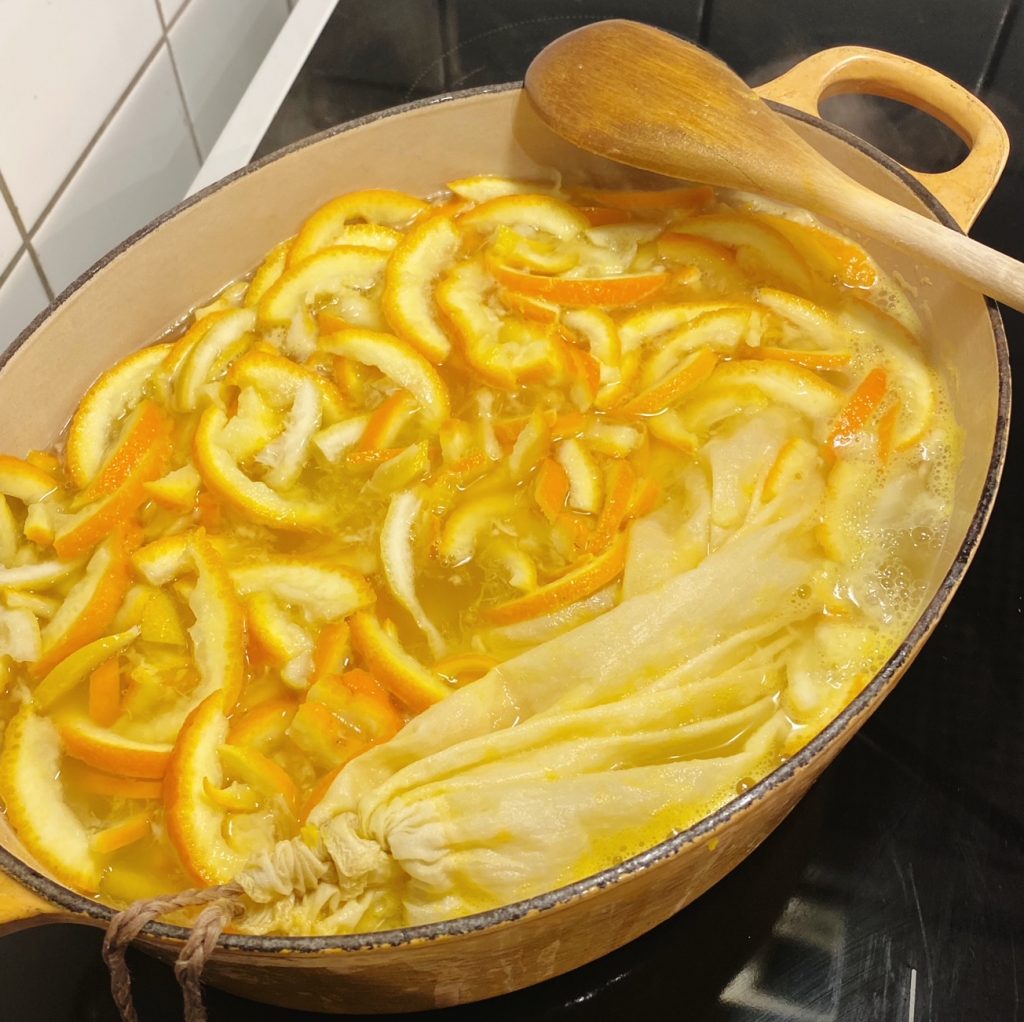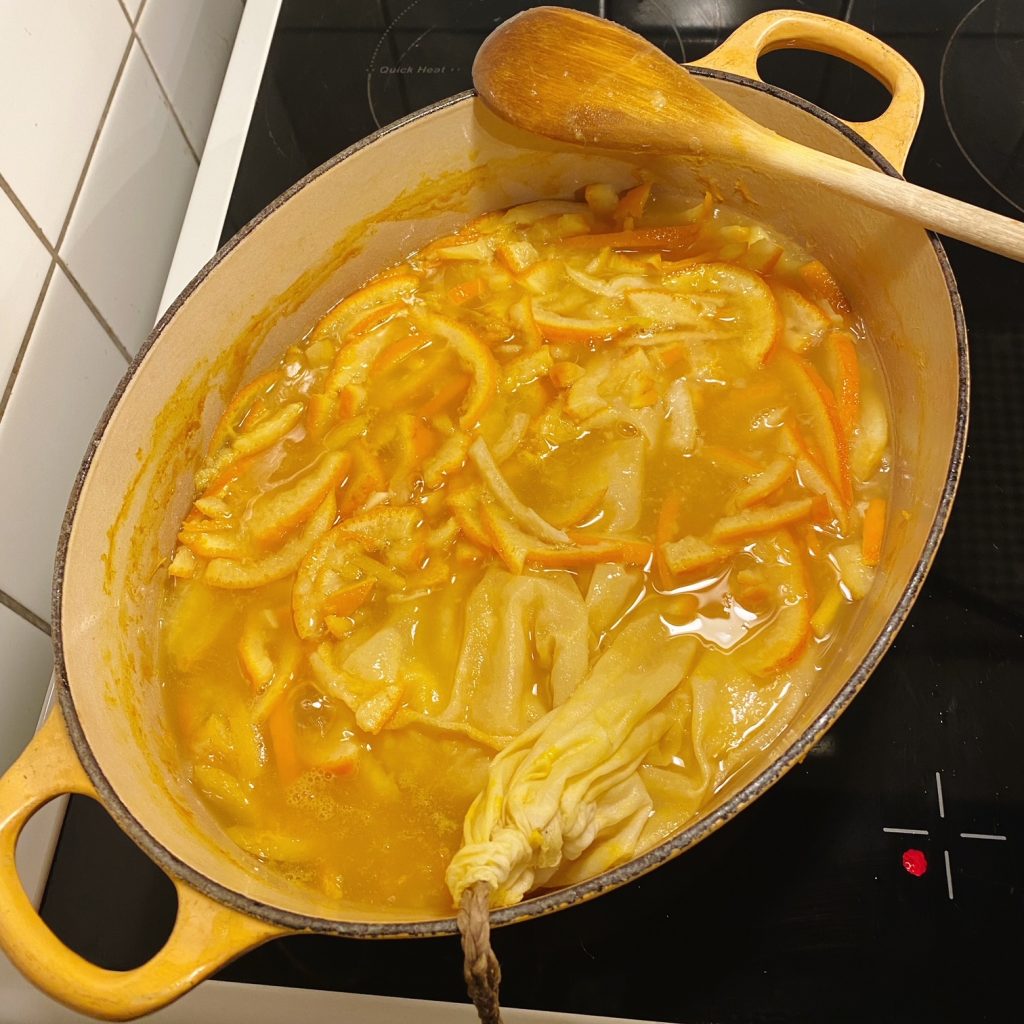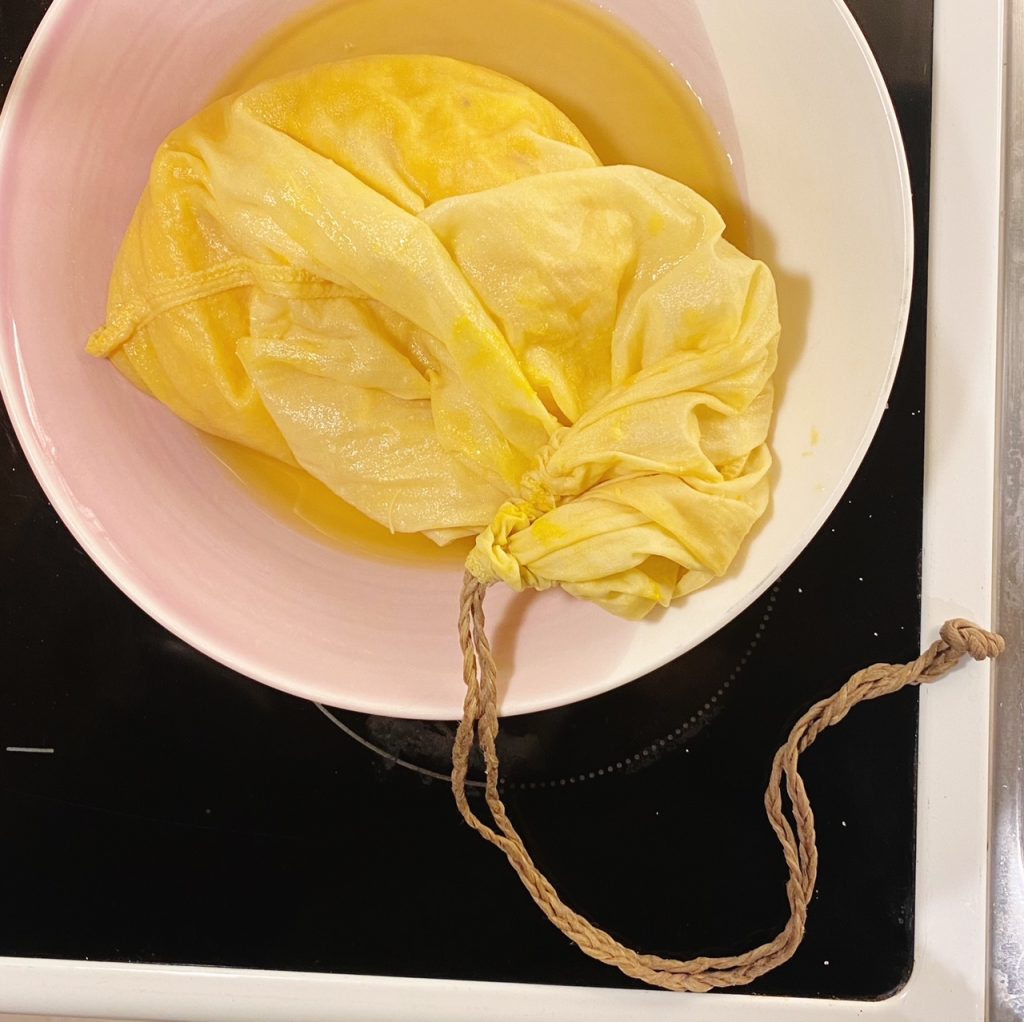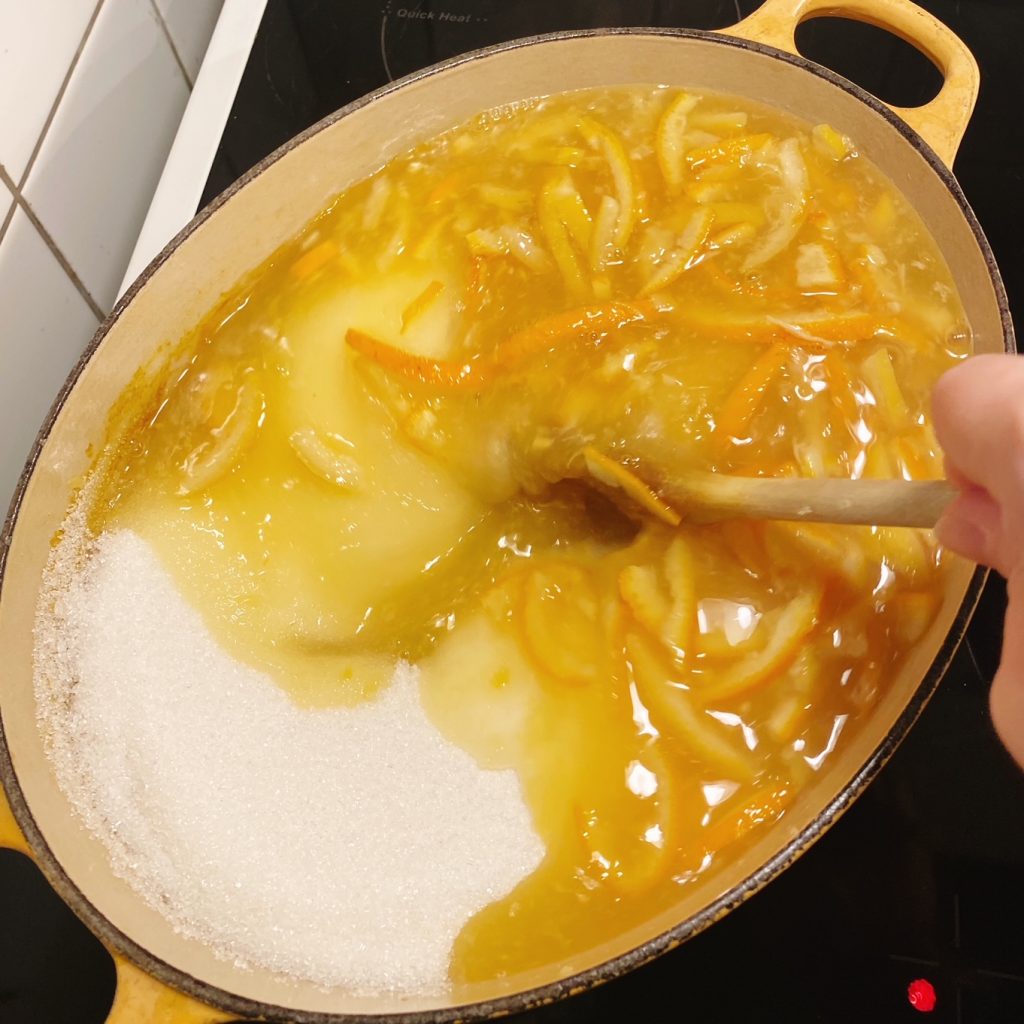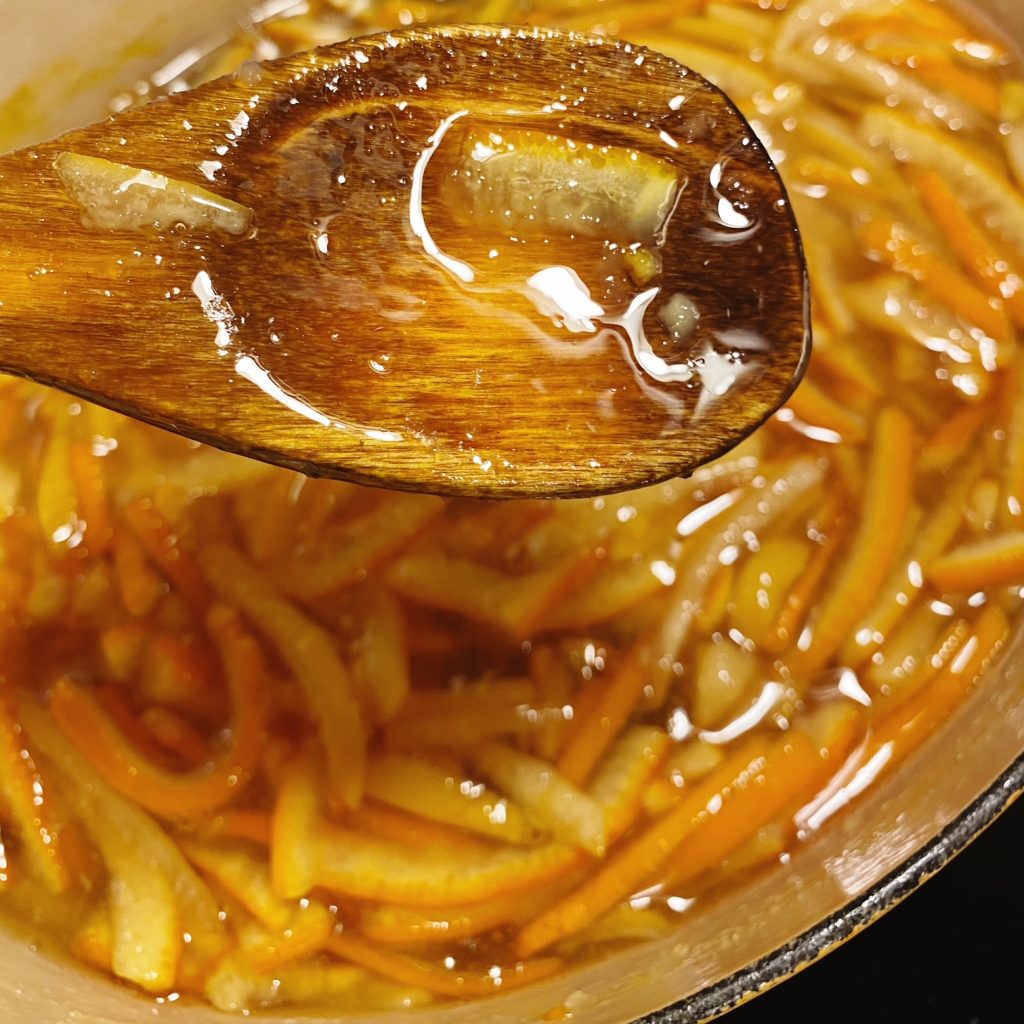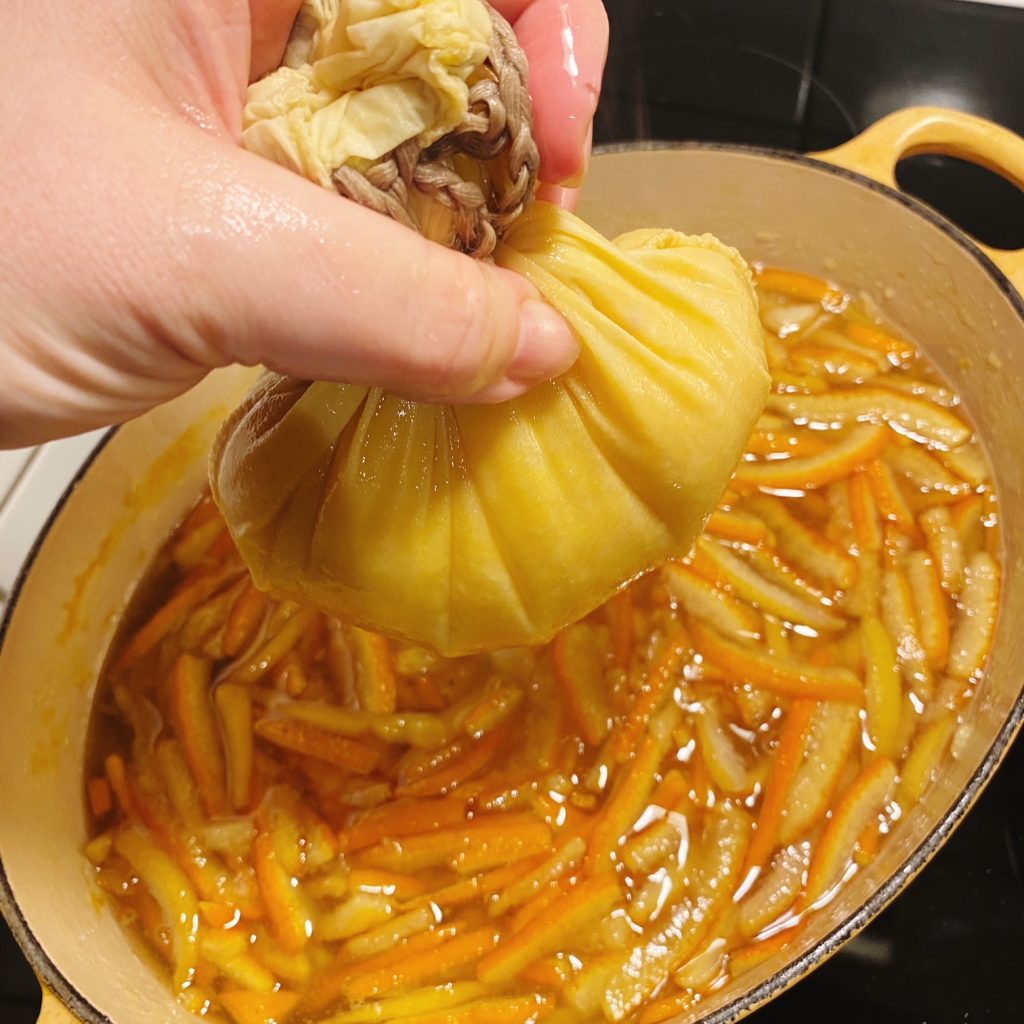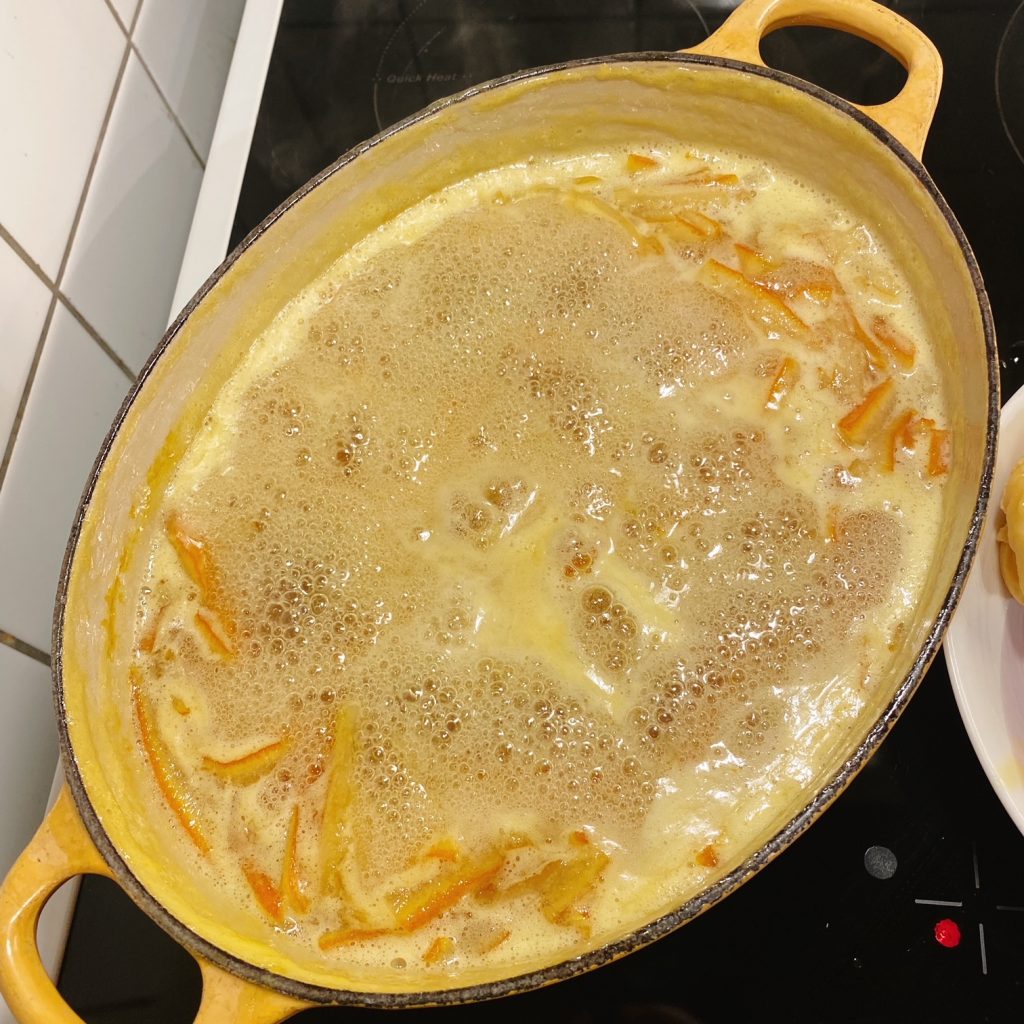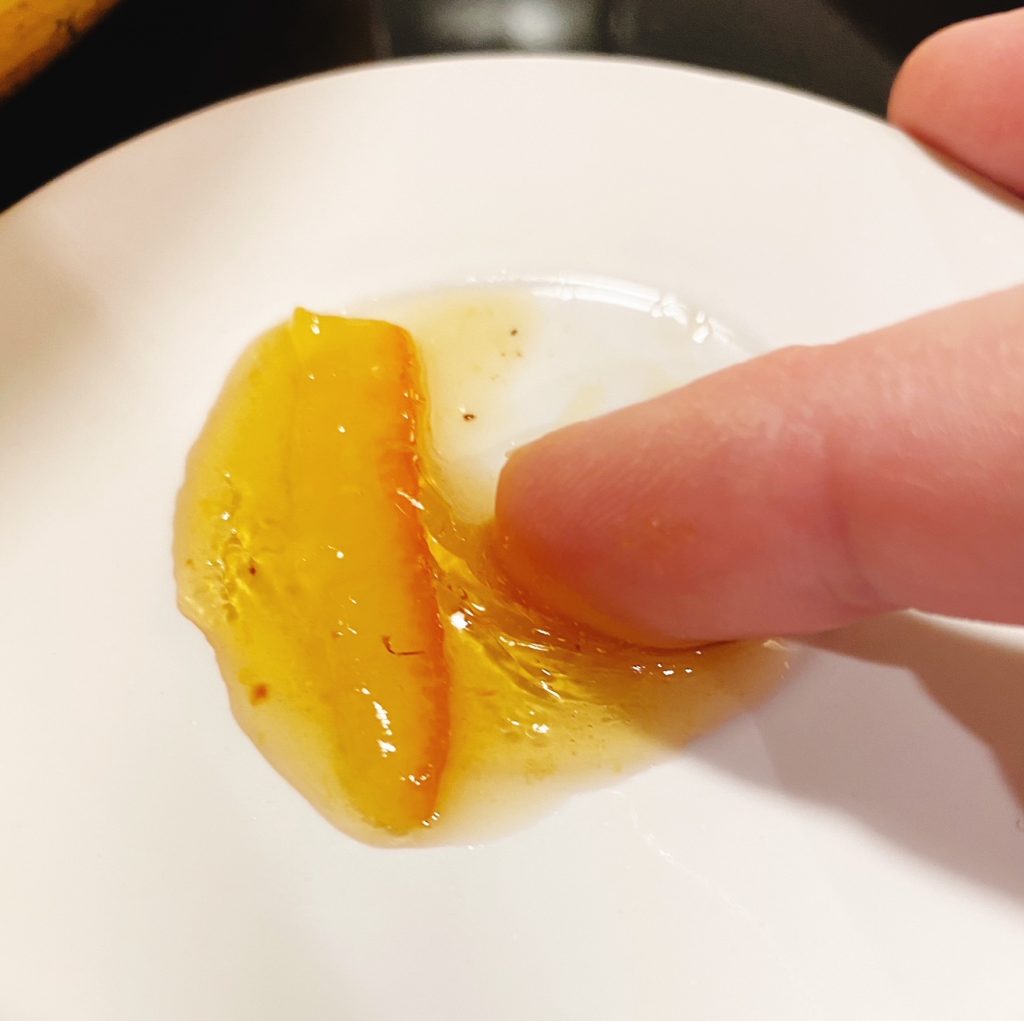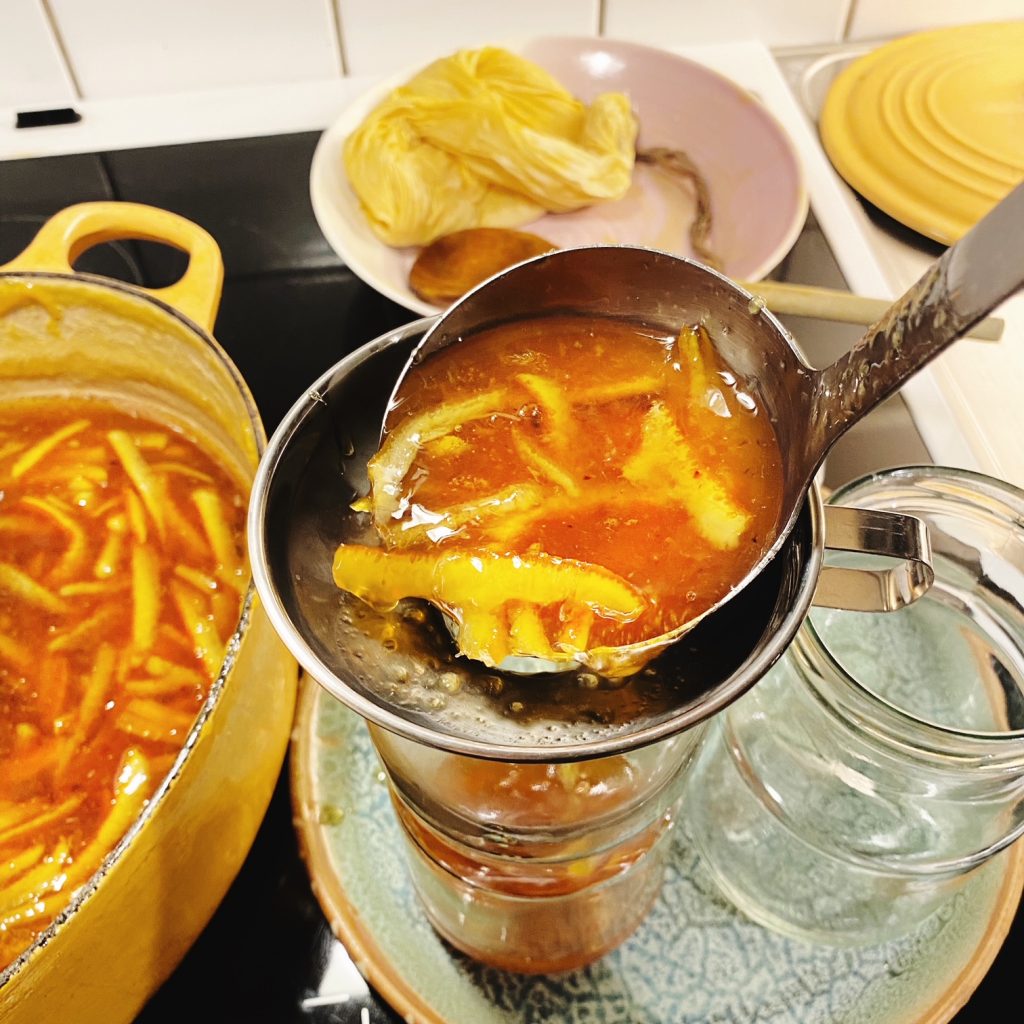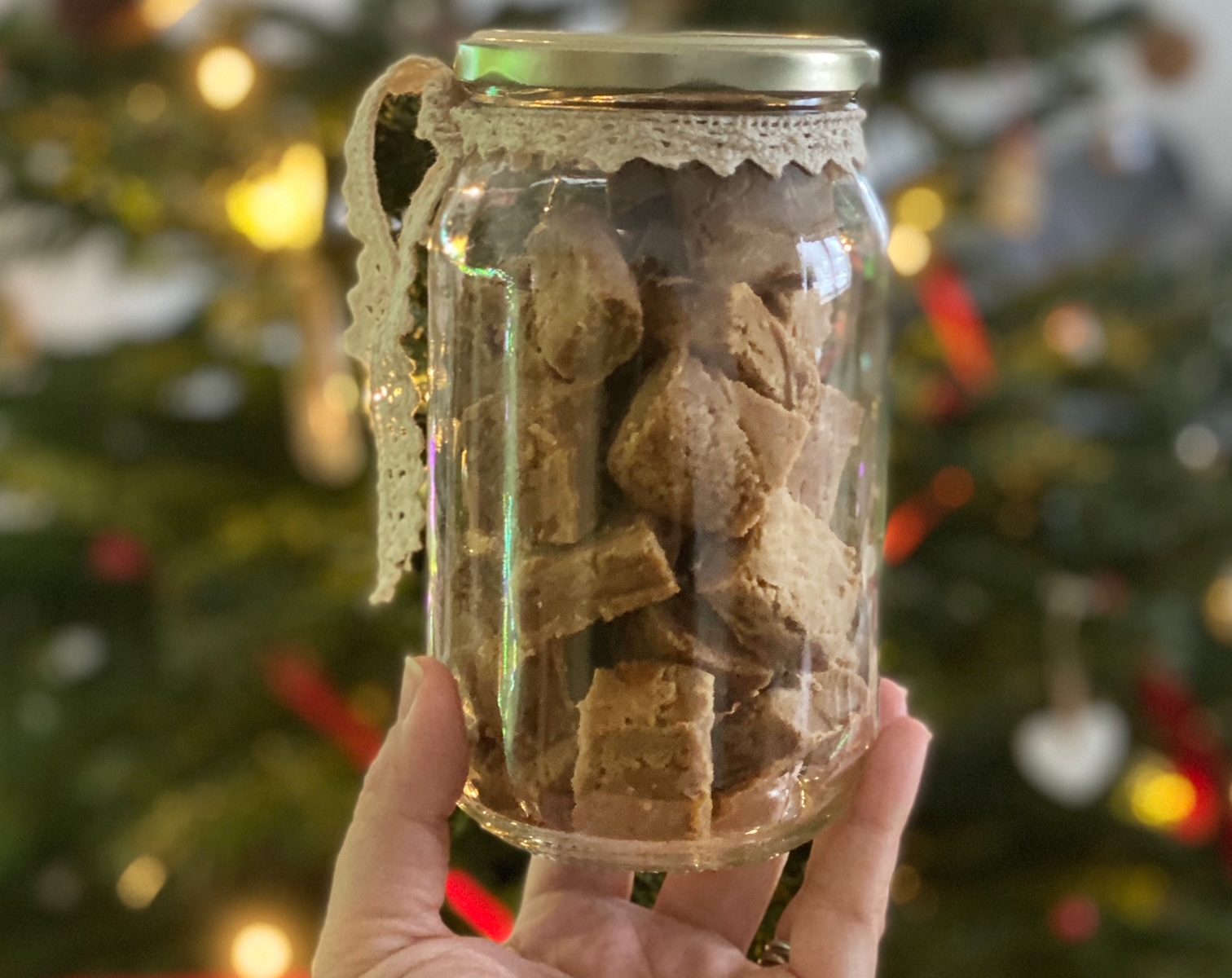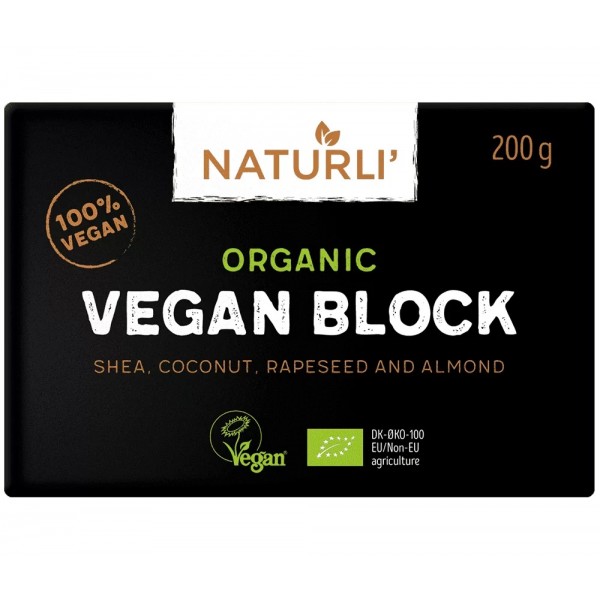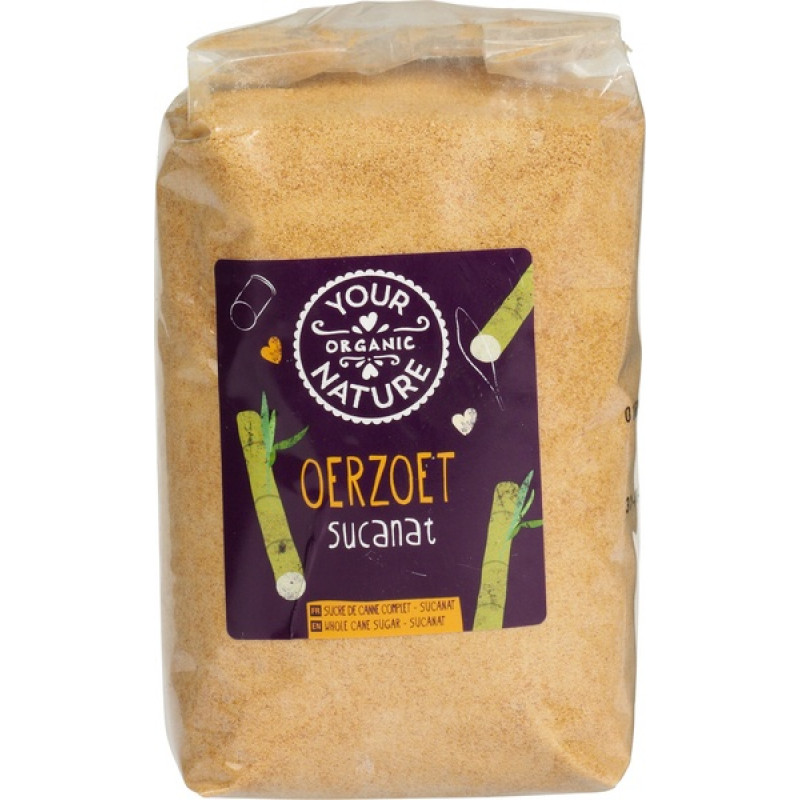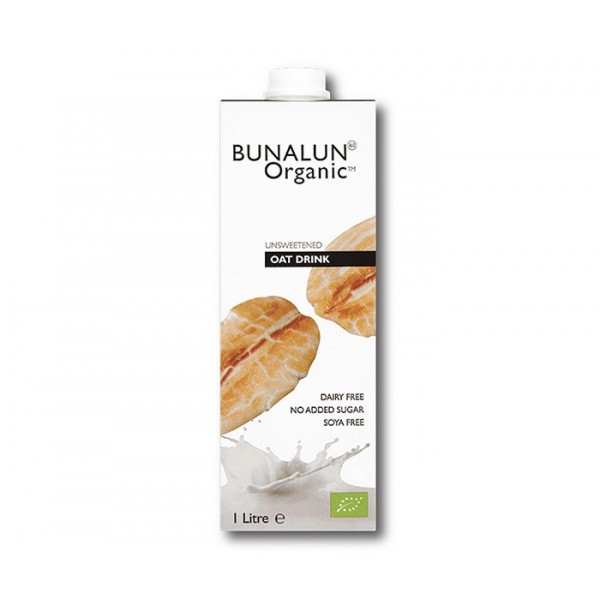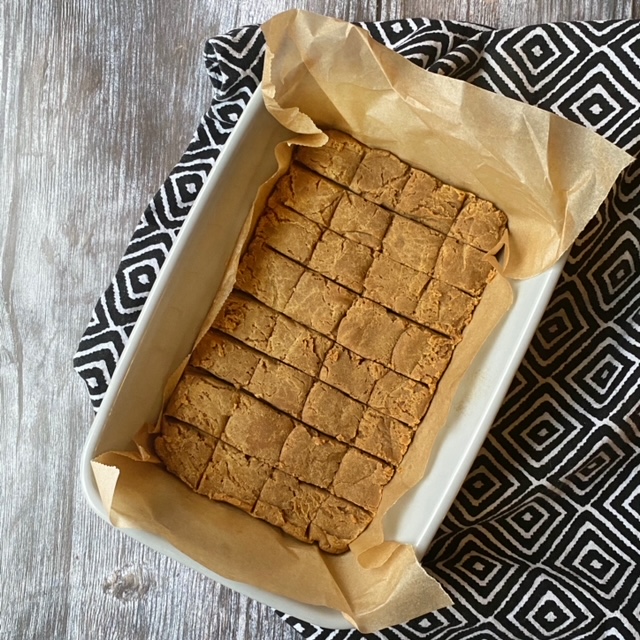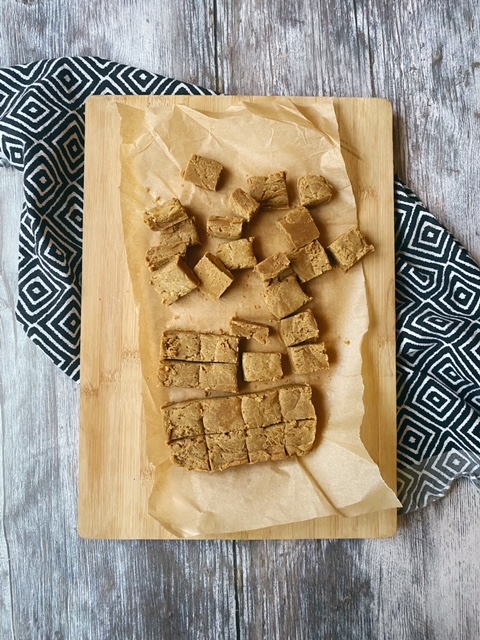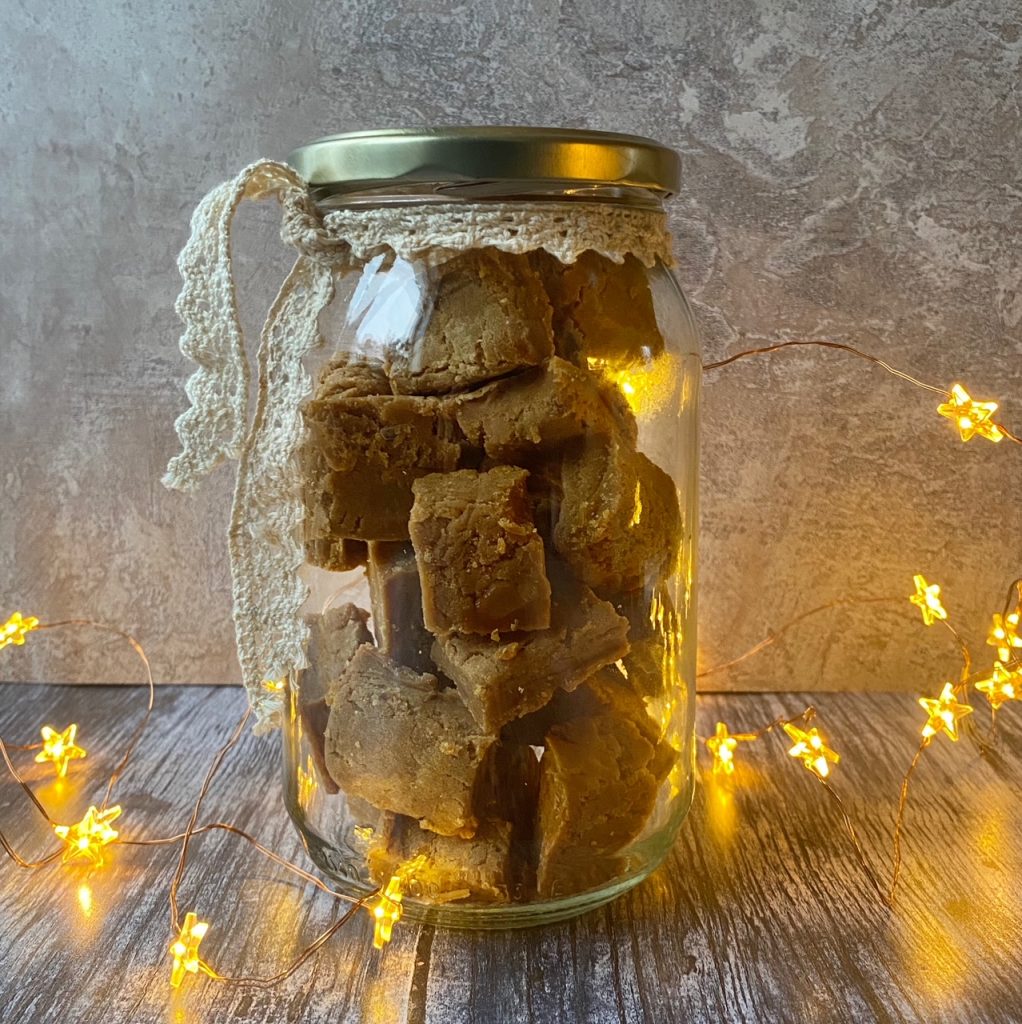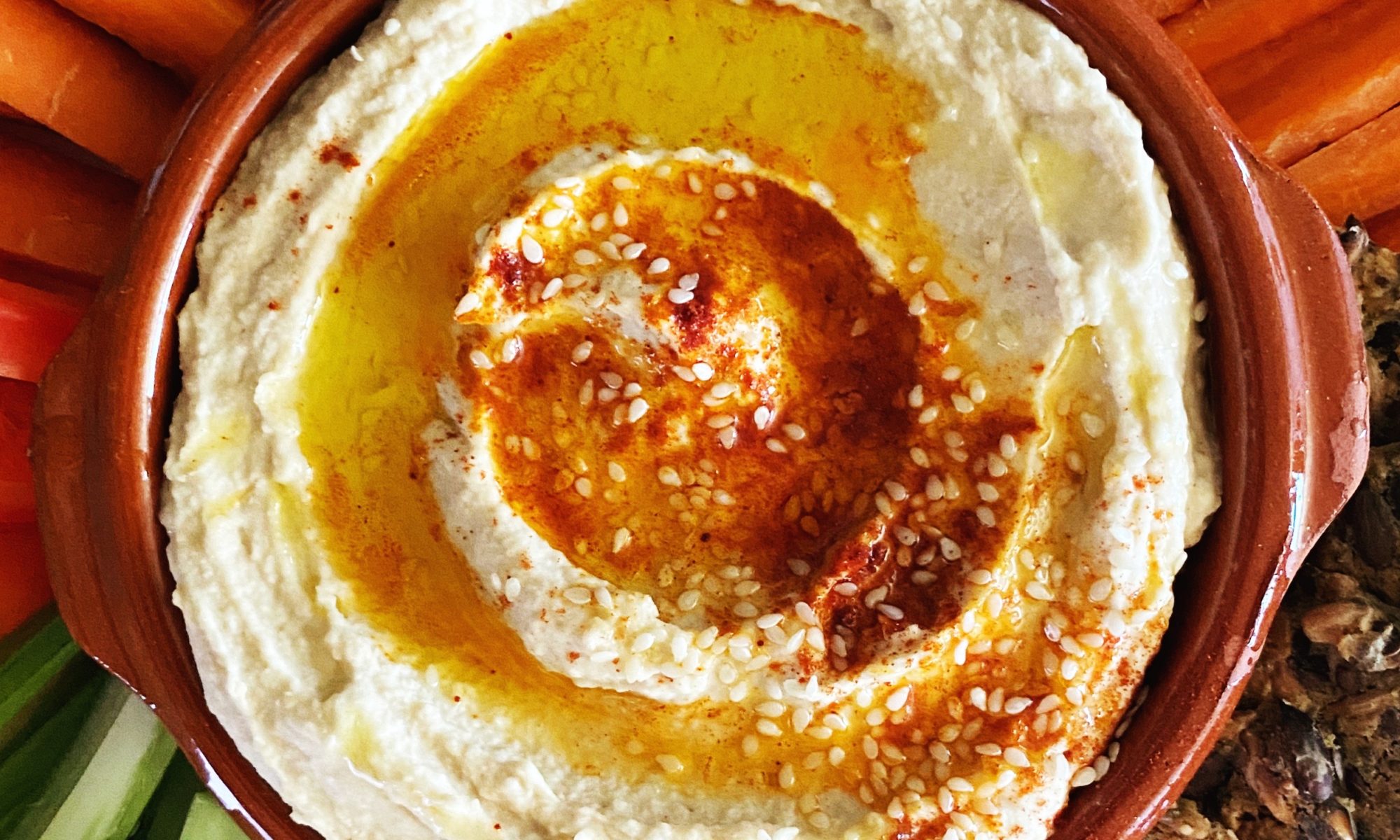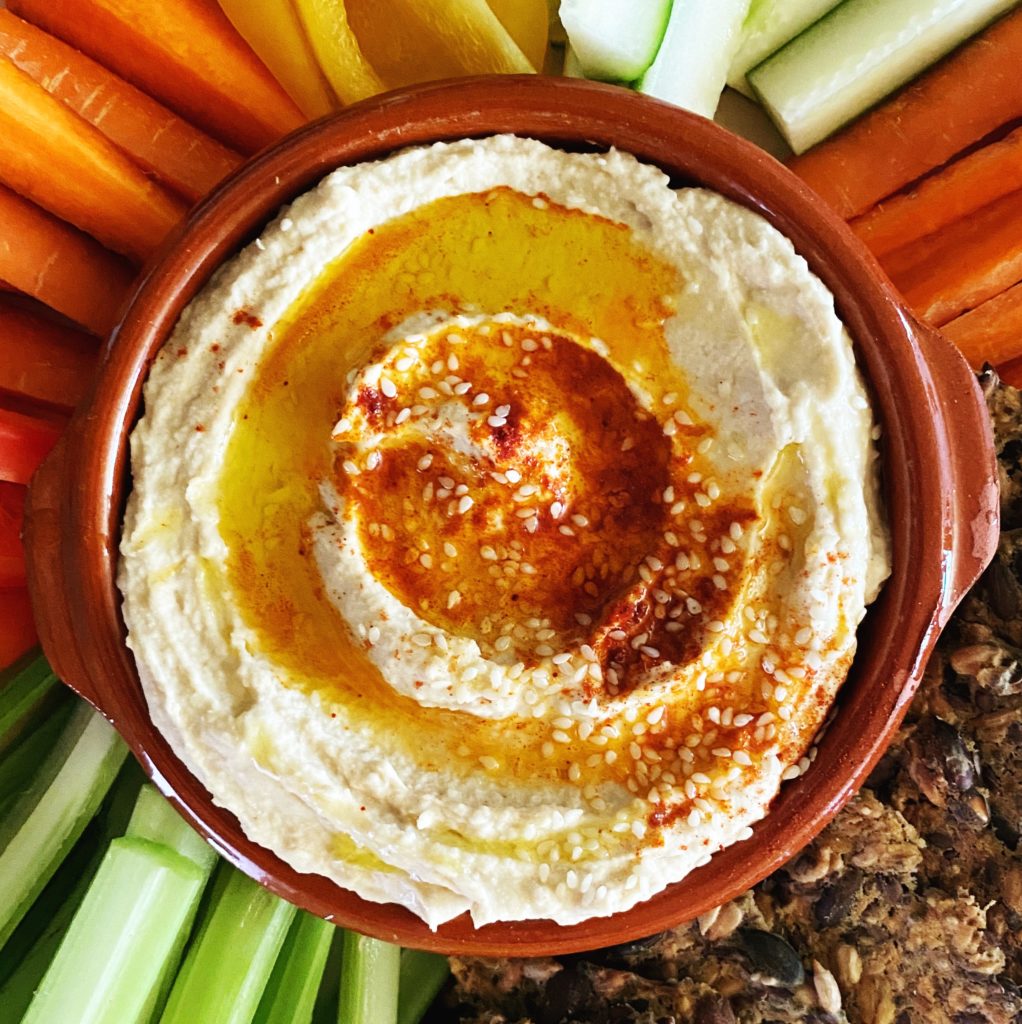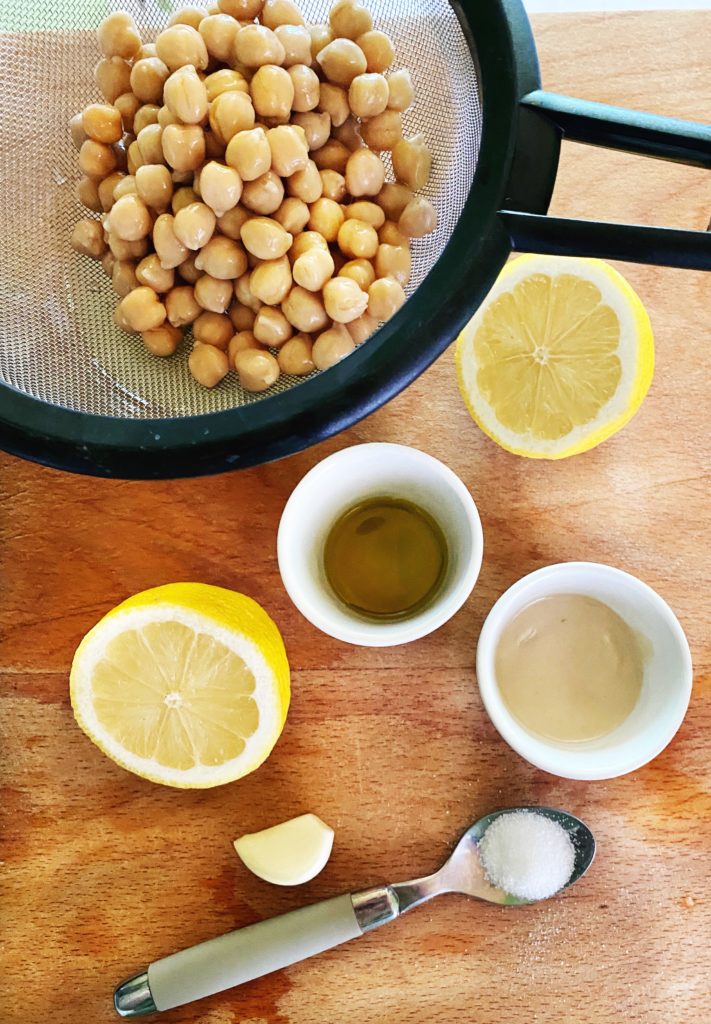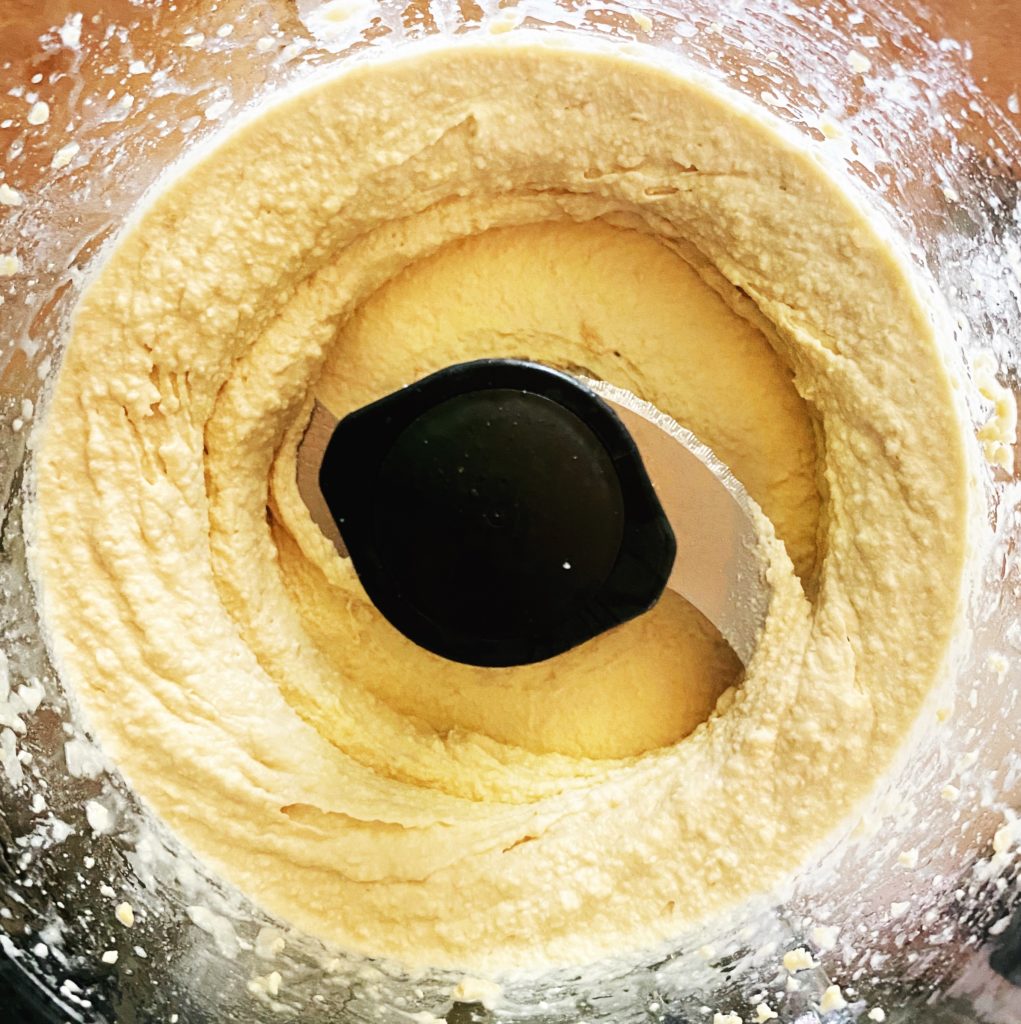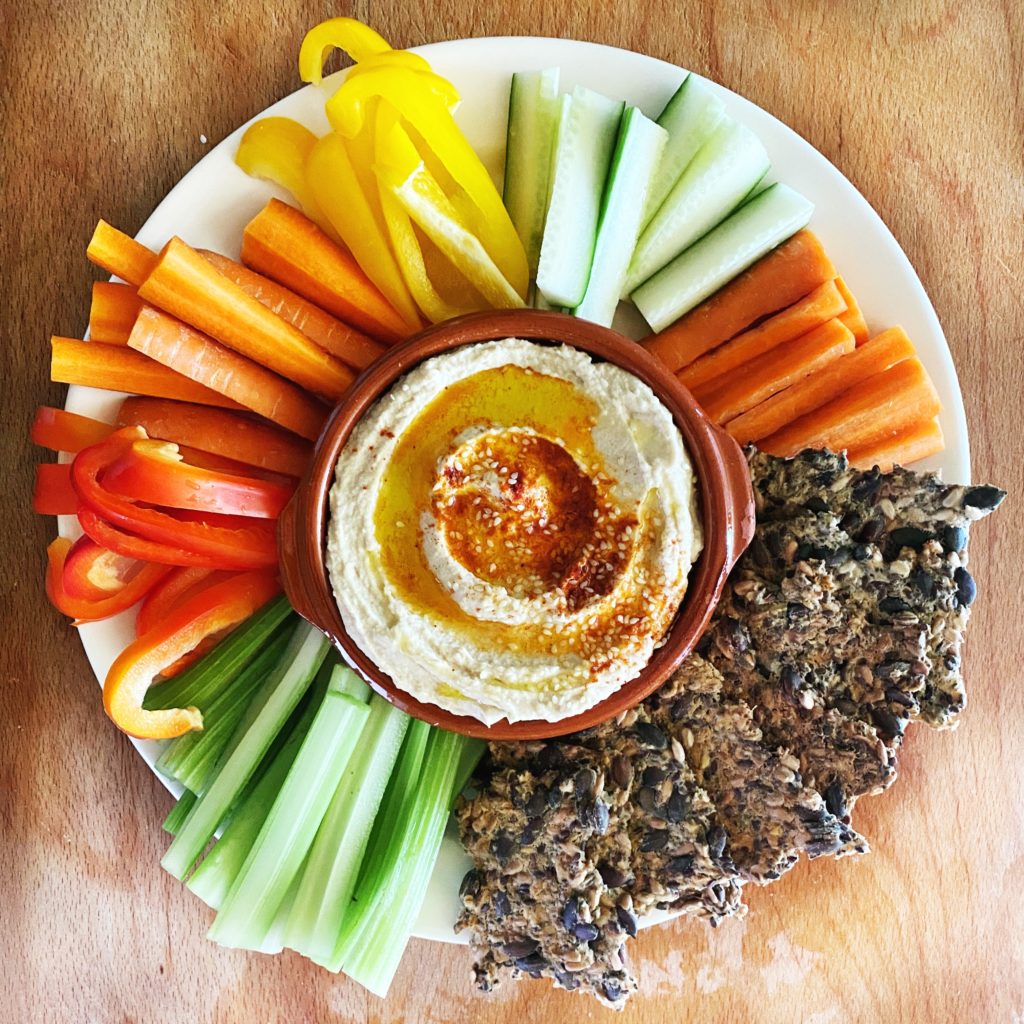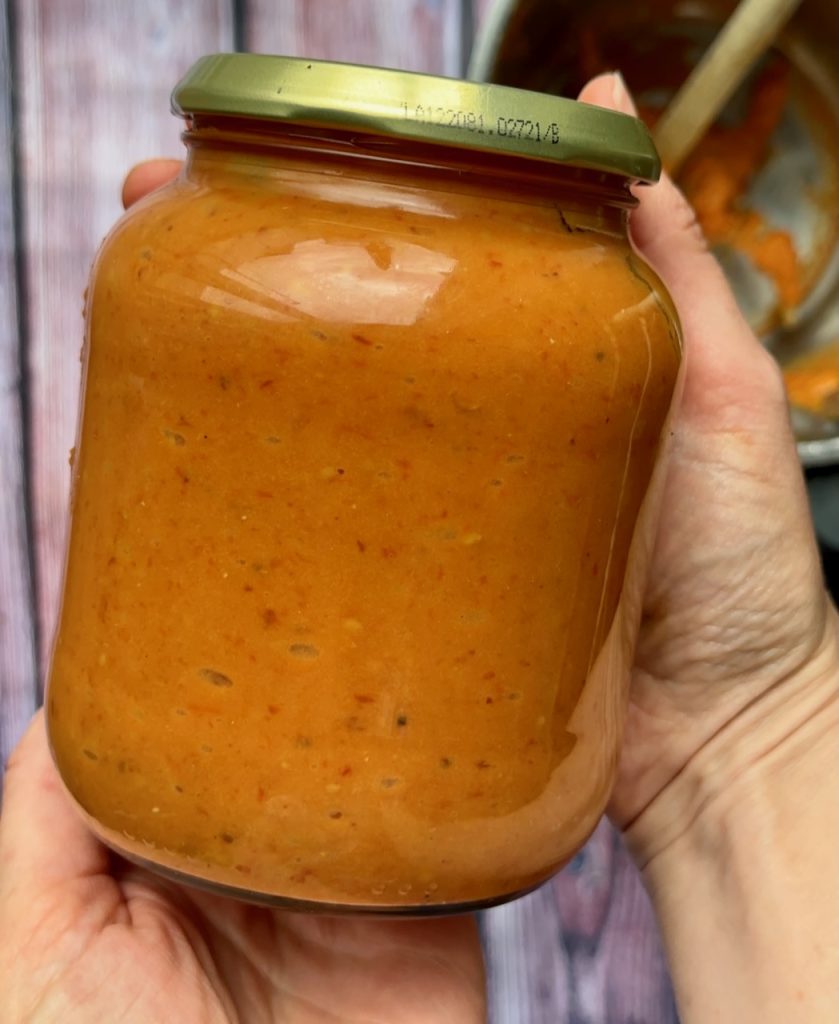
Need an incredible tomato sauce? Just 4 ingredients needed for this deep, sweet, intense sauce. We grow the sweetest cherry tomatoes in the summertime. During peak season the vines are heaving with juicy fruit just waiting to be picked, packed and delivered to homes all over Ireland. And while we can’t grow them in the colder Irish months we can find ways to preserve them just like this simple recipe that only requires a few ingredients.
The joy of pulling your own organic tomato sauce from the freezer is truly satisfying. And the sweetness remains to add to your stews, soups and sauces all through the winter.
This recipe could not be easier, we hope you try it.
Lou 🙂
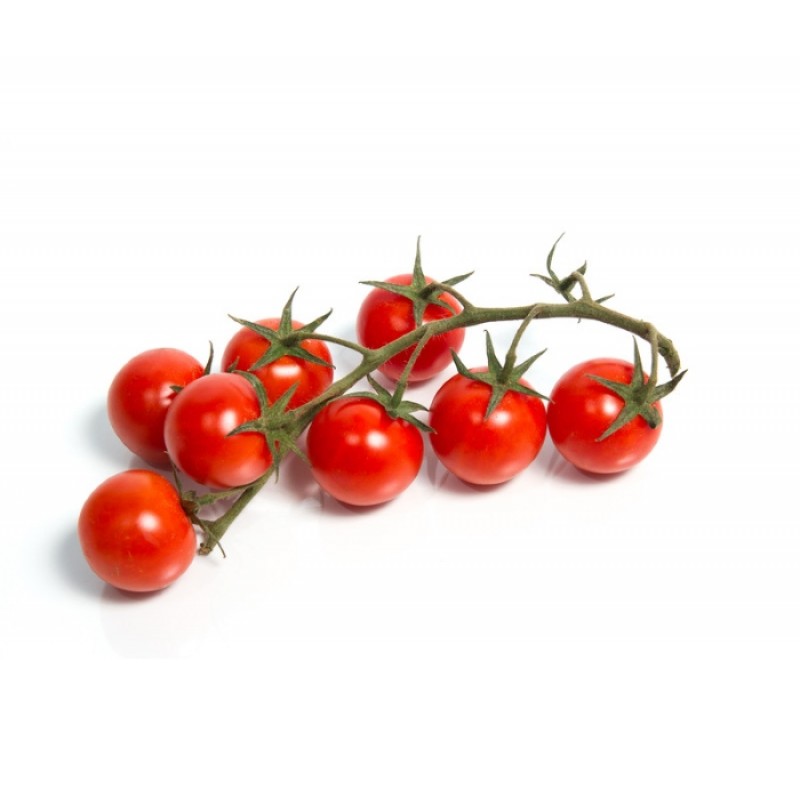
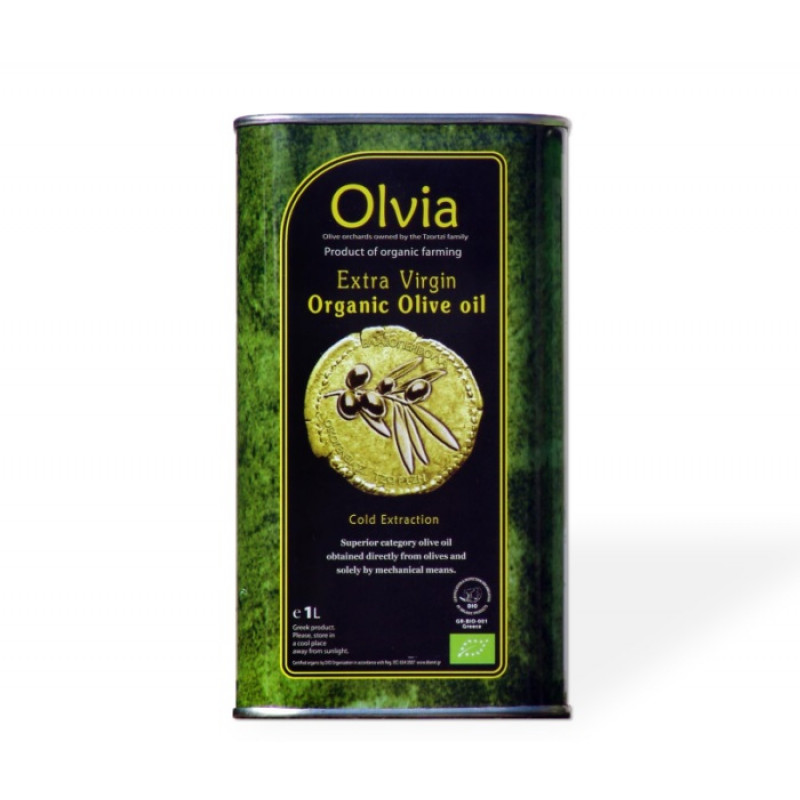
Ingredients: makes 1kg of sauce (1 big jar or 4 small jars)
- 1800g cherry tomatoes
- oil
- salt
- pepper
Method:
Step 1: Preheat the oven 200ºC. Have 2 large baking trays ready to go.
Step 2: Wash the cherry tomatoes and discard the green stems. cut in half, place them on the trays cut side up.
Step 3: Drizzle with a small bit of oil, and season lightly with salt and pepper. Roast in the oven for about 45 minutes, until they are soft and char around the edges.
Step 4: Scoop into a blender and blend until the desired consistency. Keep it chunky or smooth if you prefer.
Step 5: While warm pour into freezer safe jars or containers. Date and label for the freezer.
Defrost your preserved homemade organic roast tomato sauce in the winter months, when fresh ones are not available. Use it for soups, sauces, stews and more.
